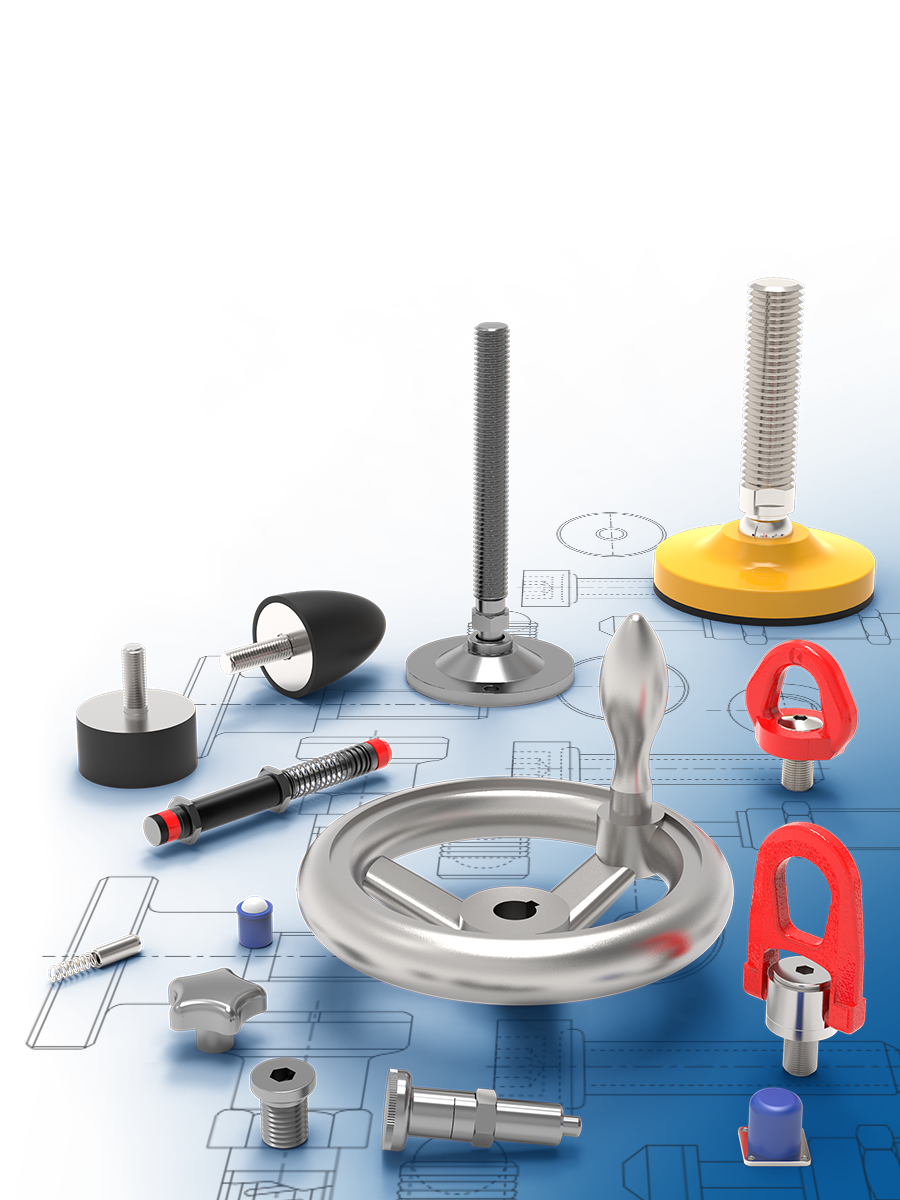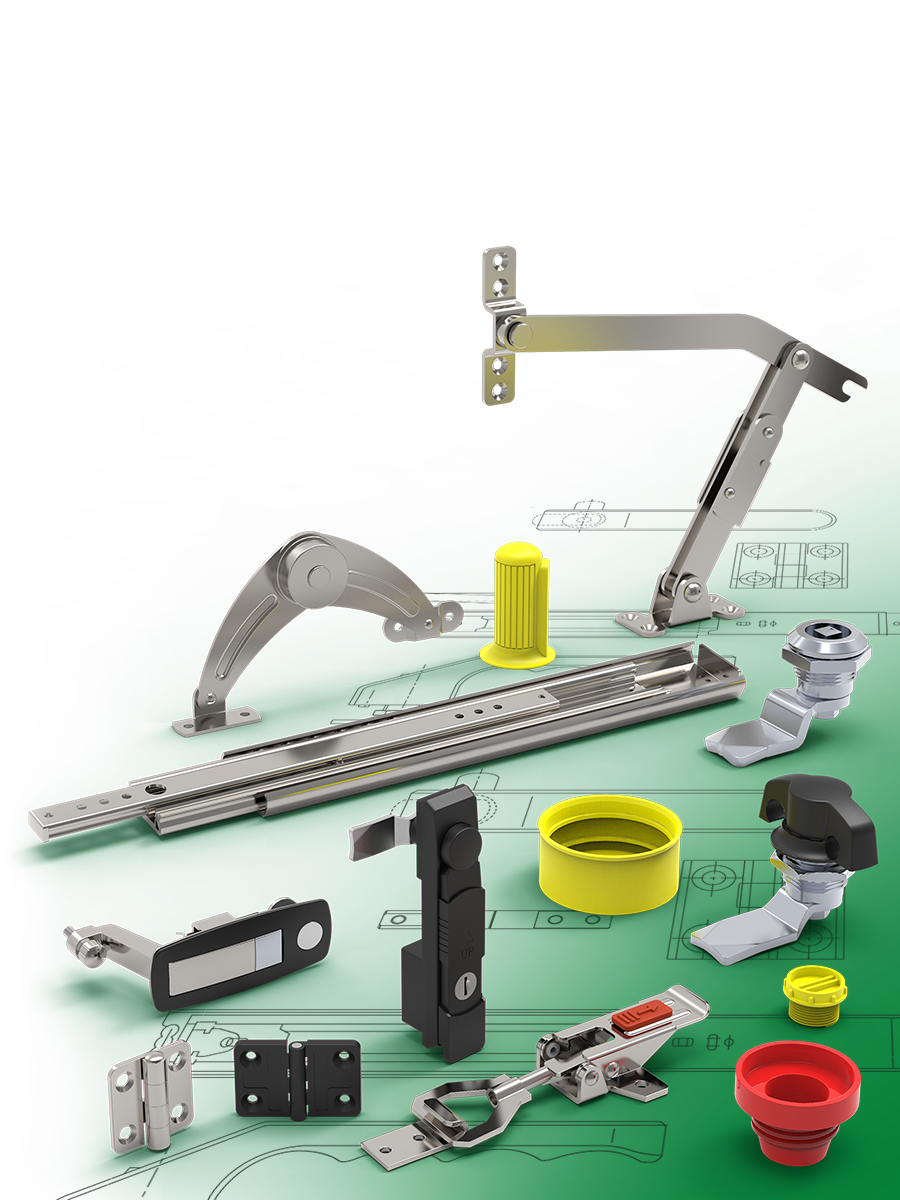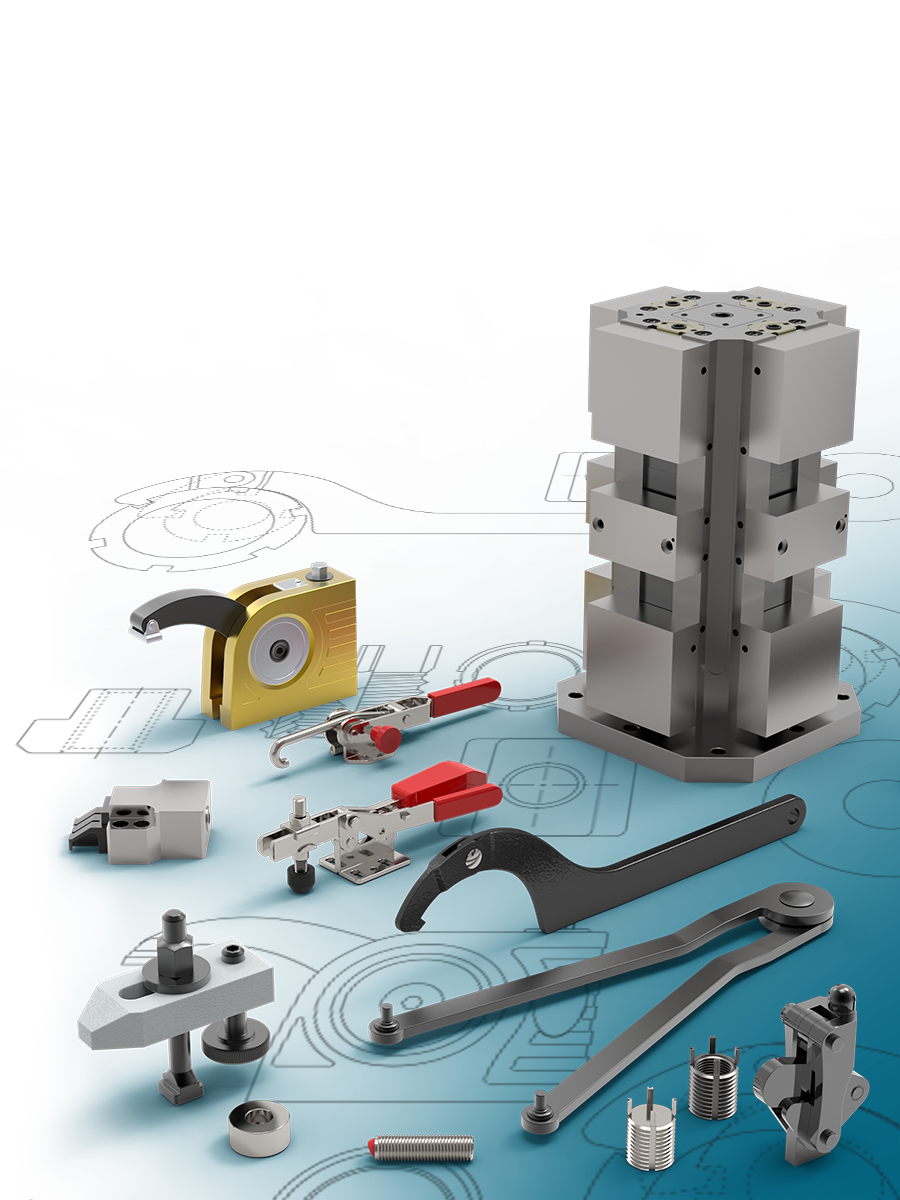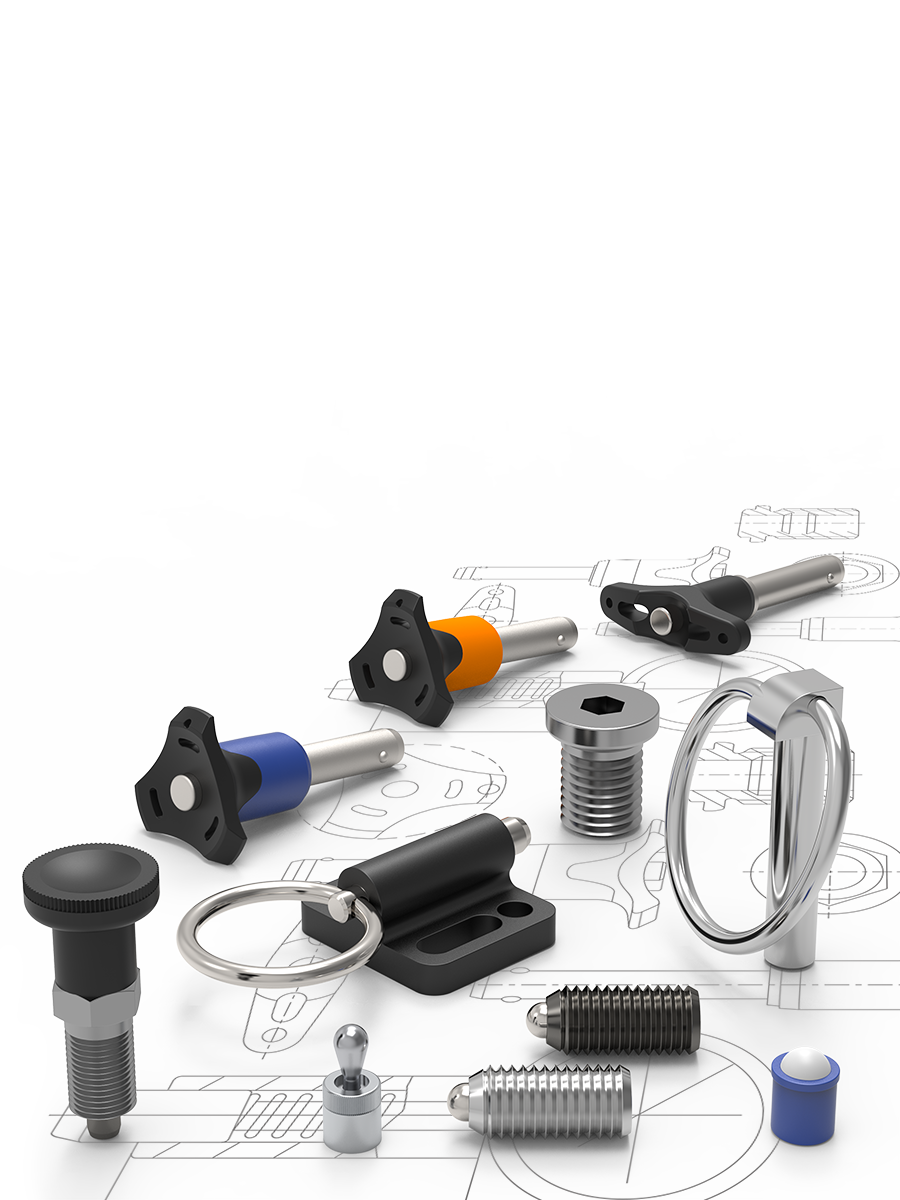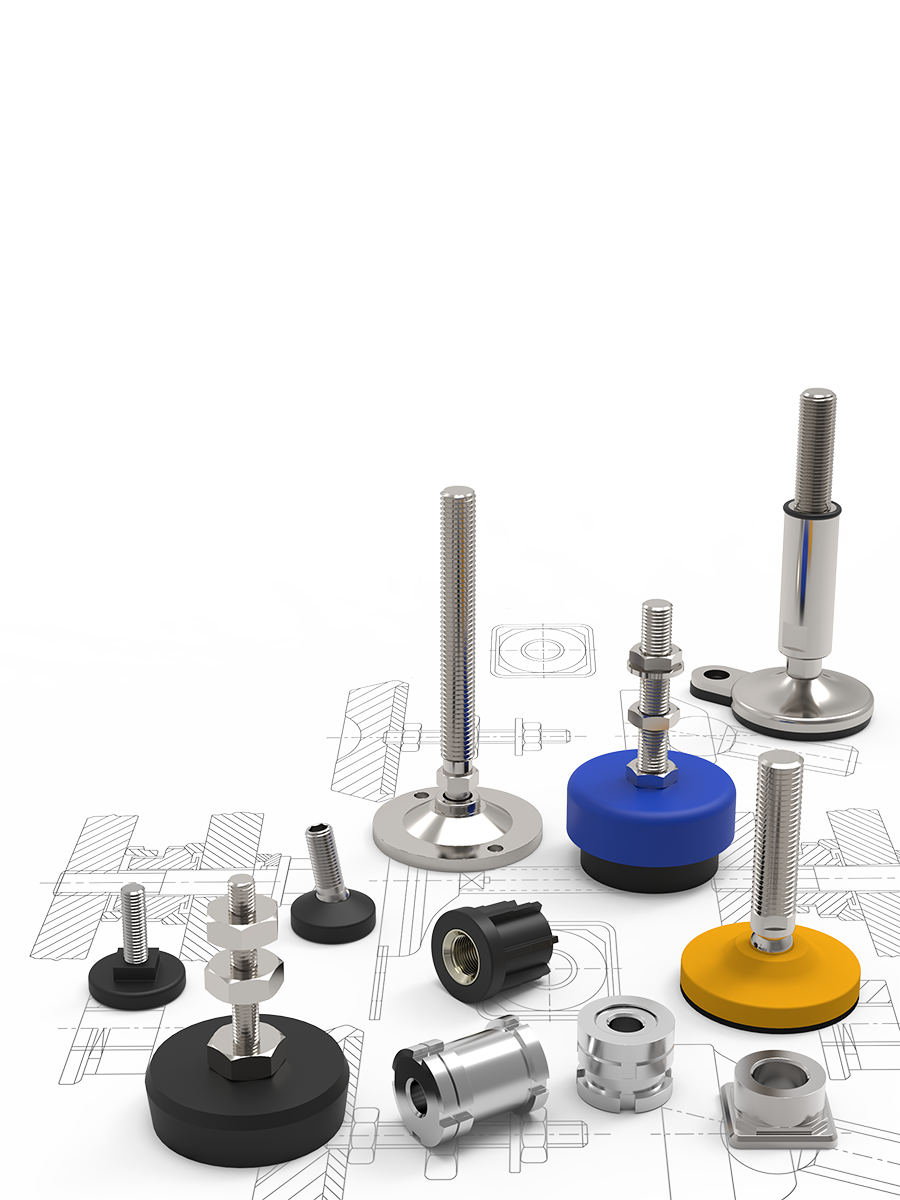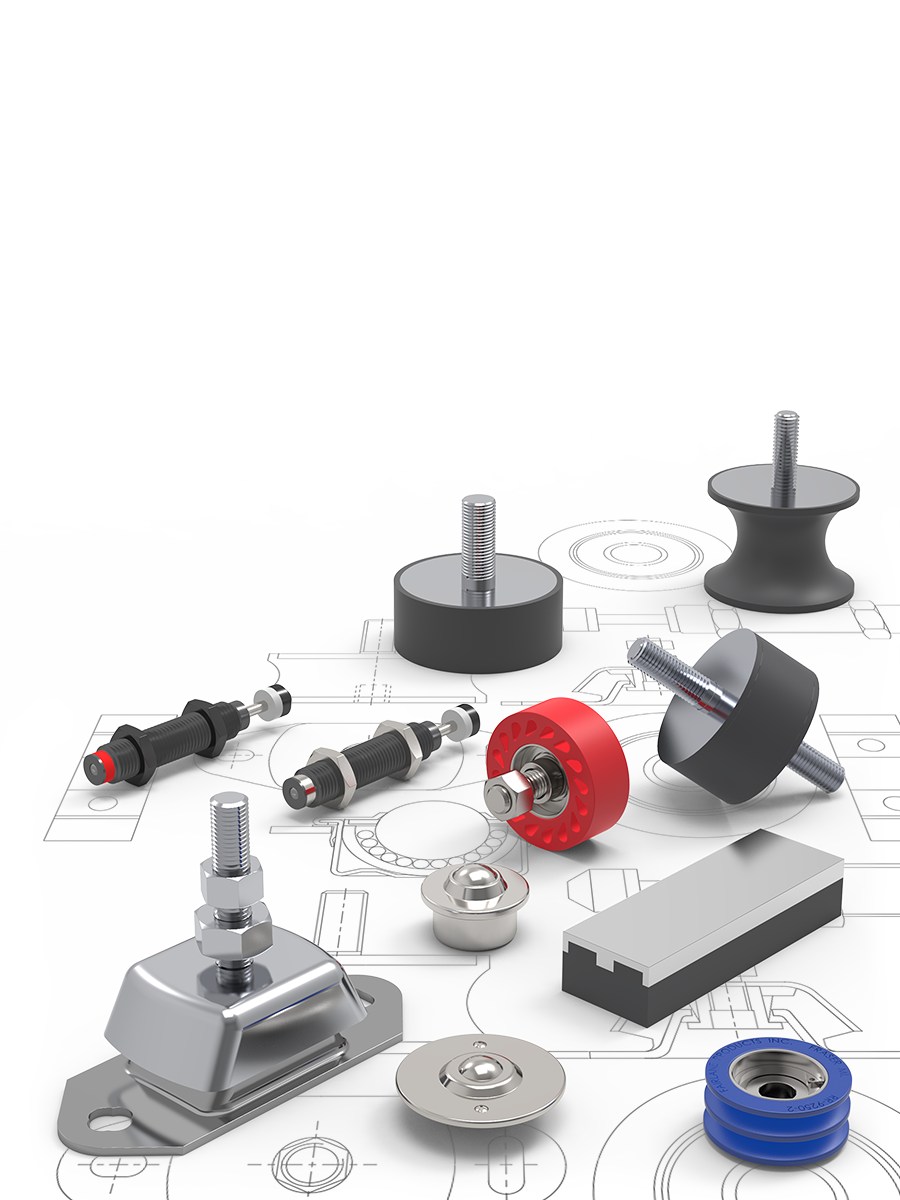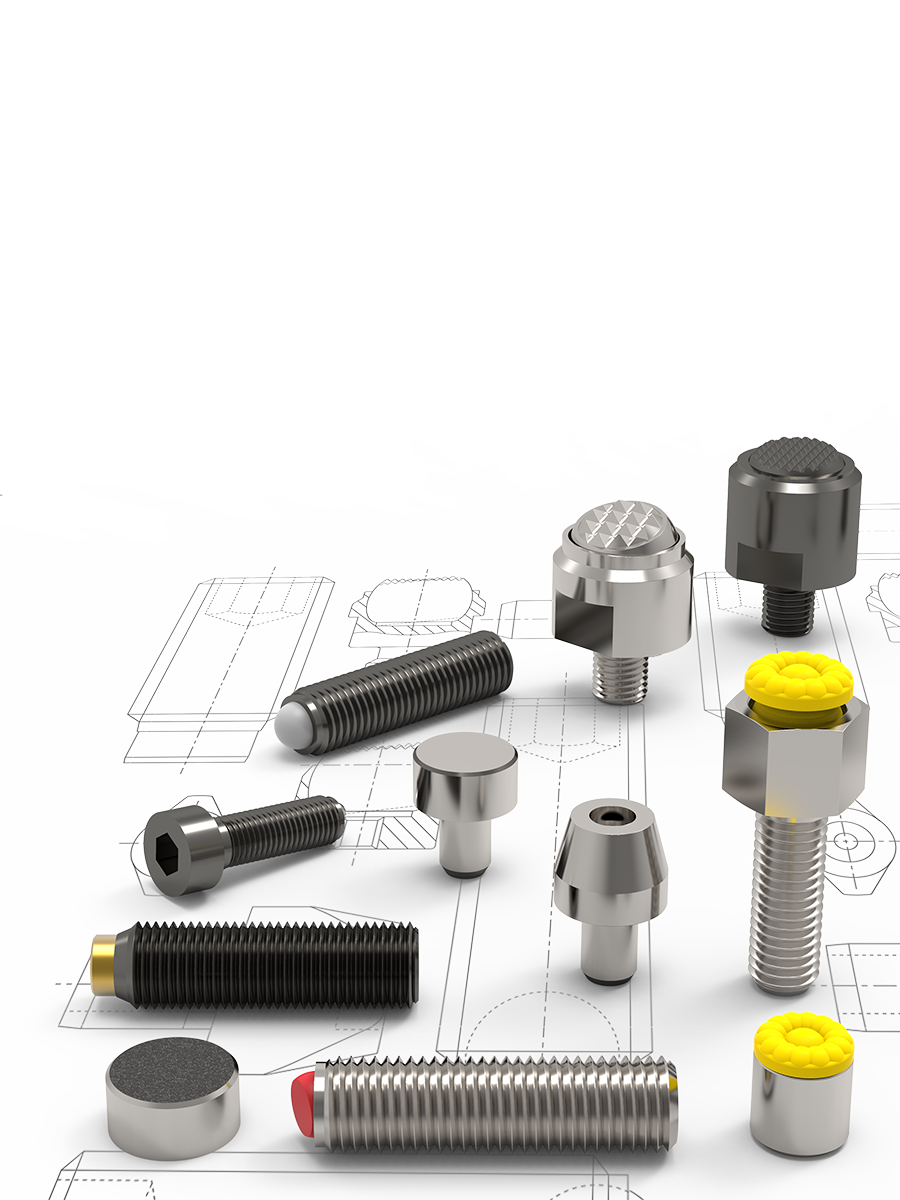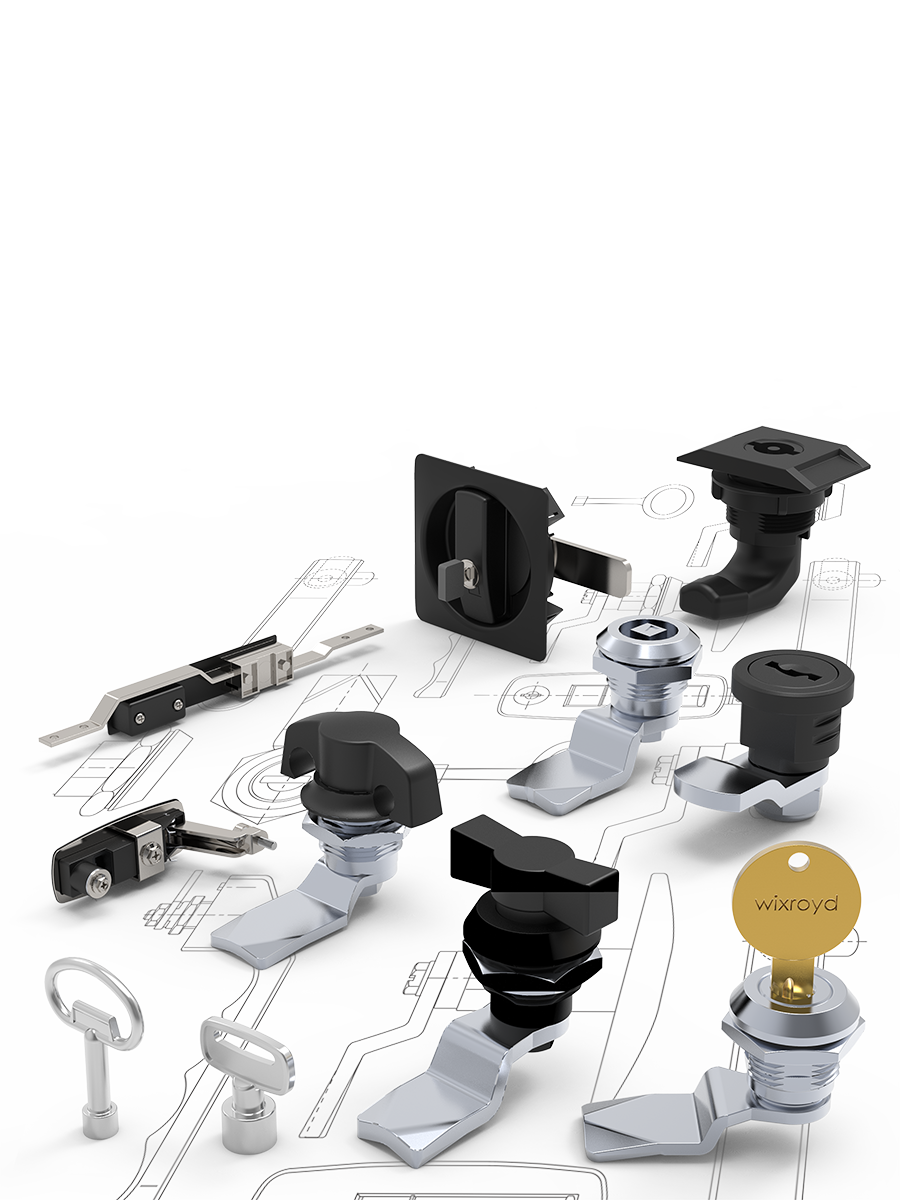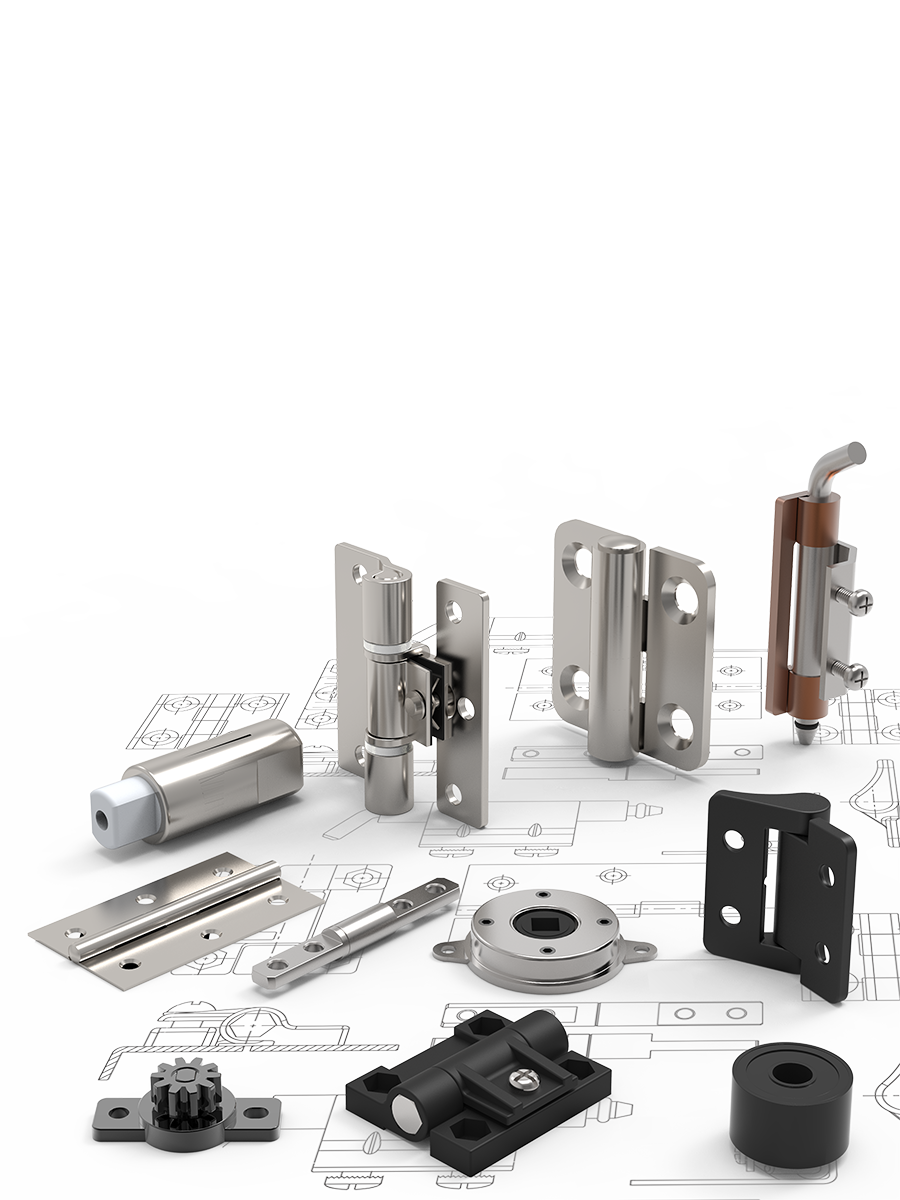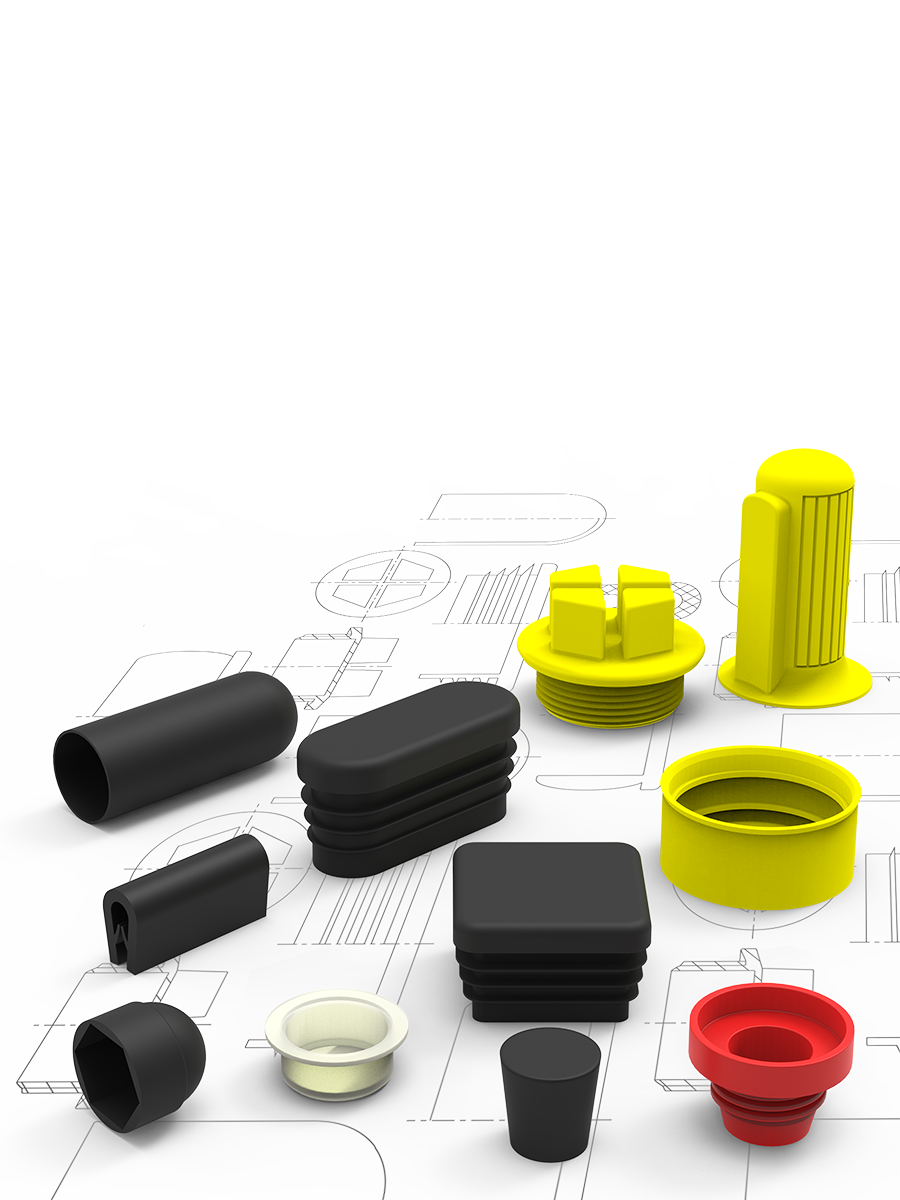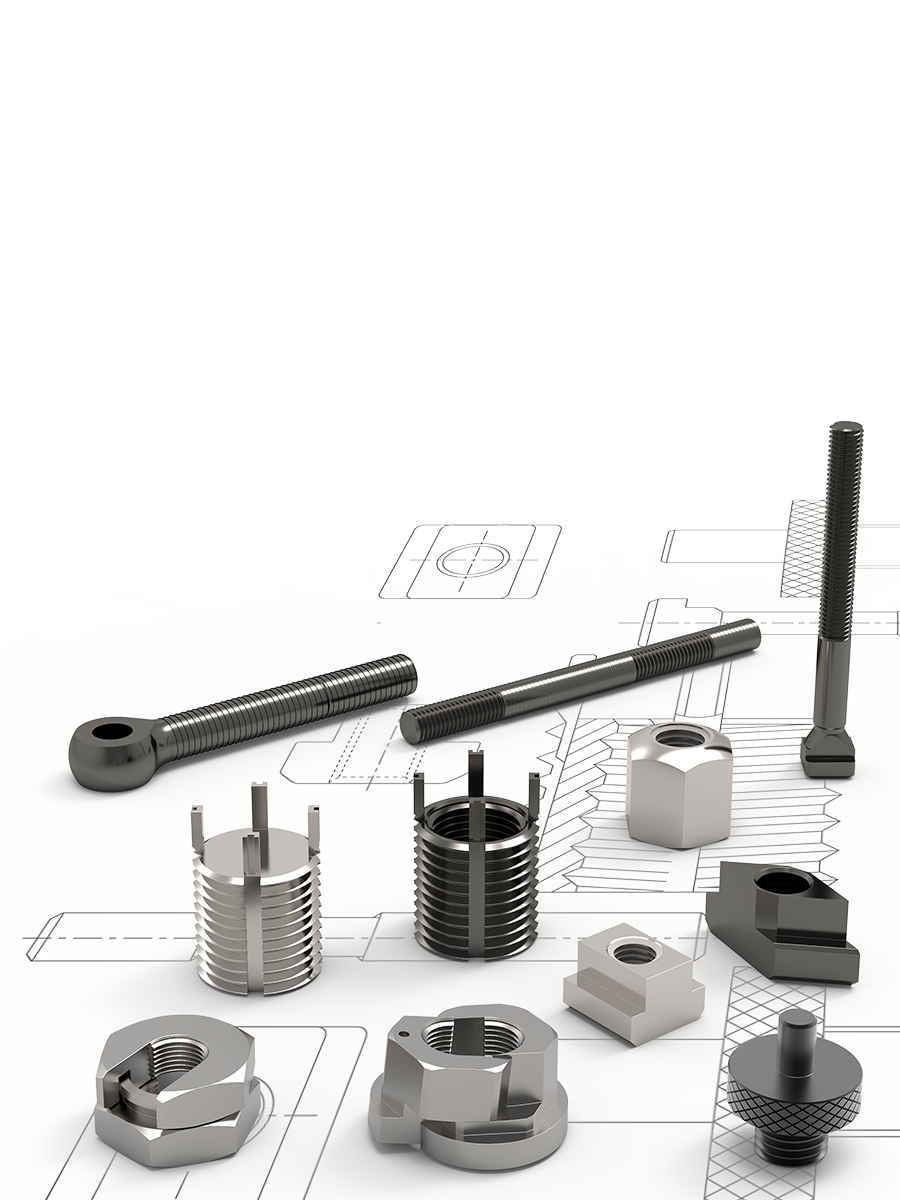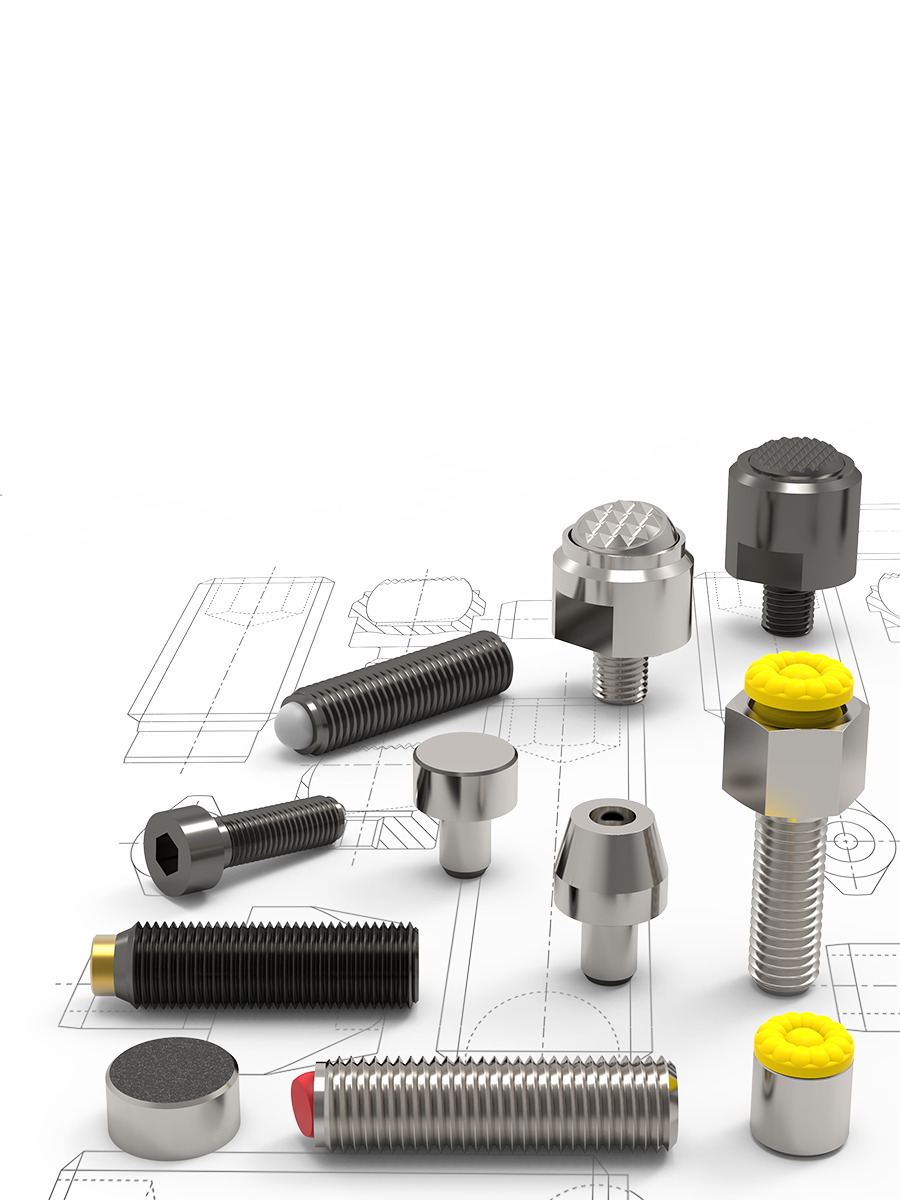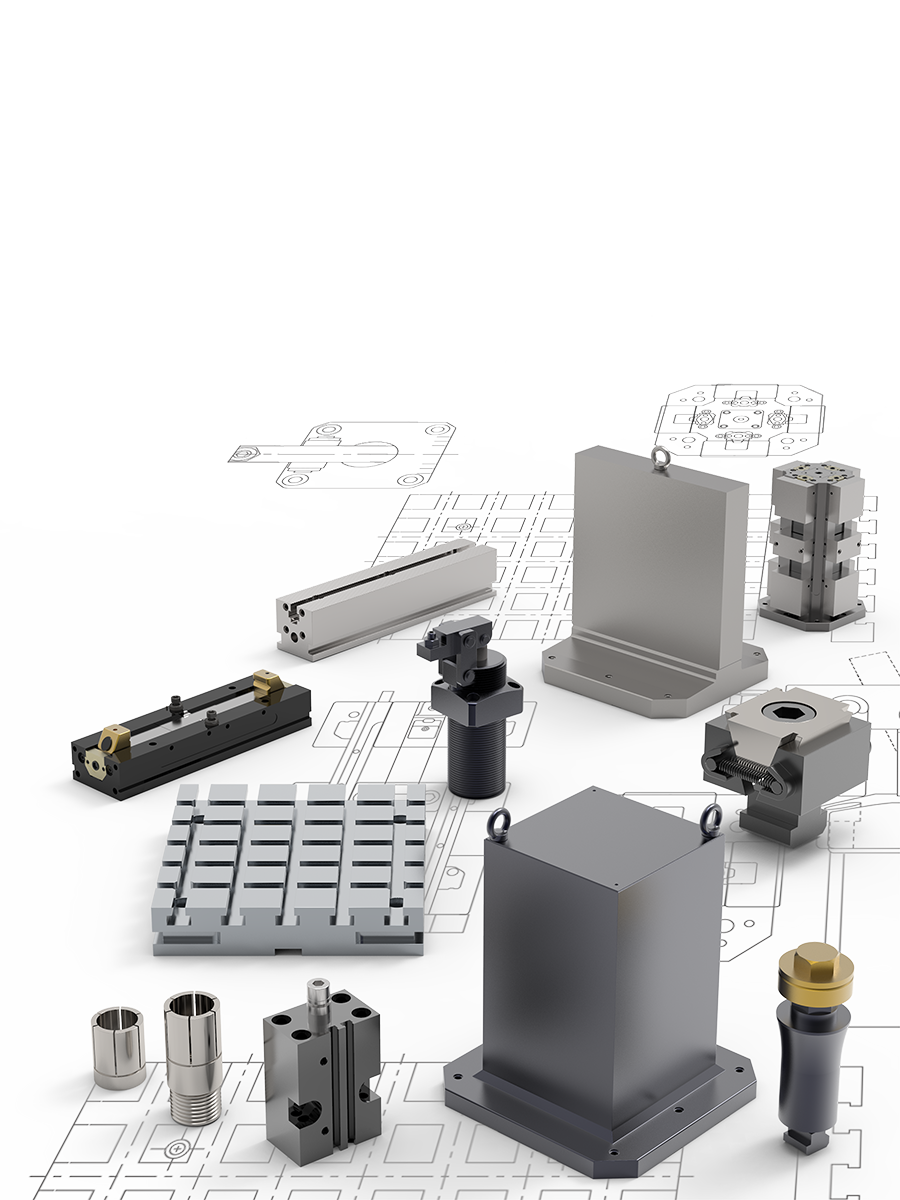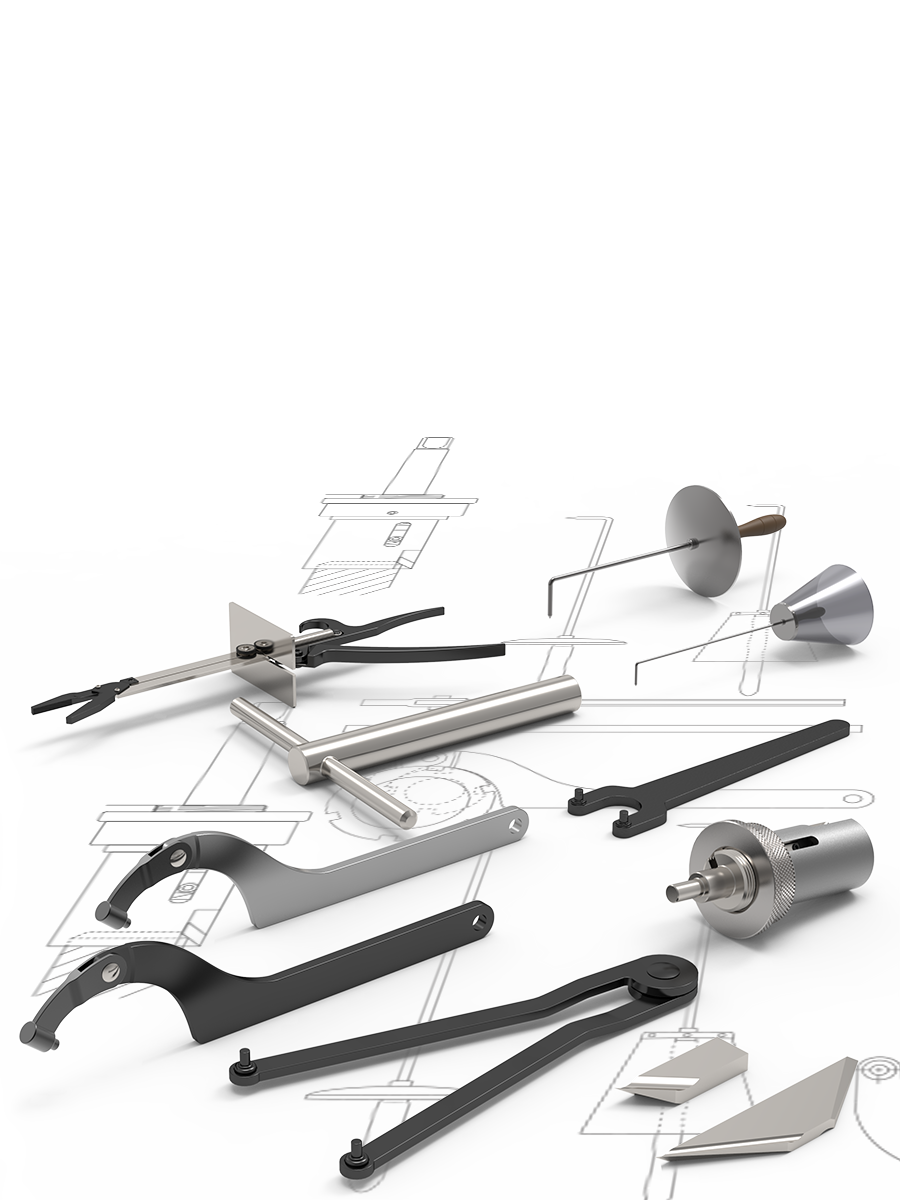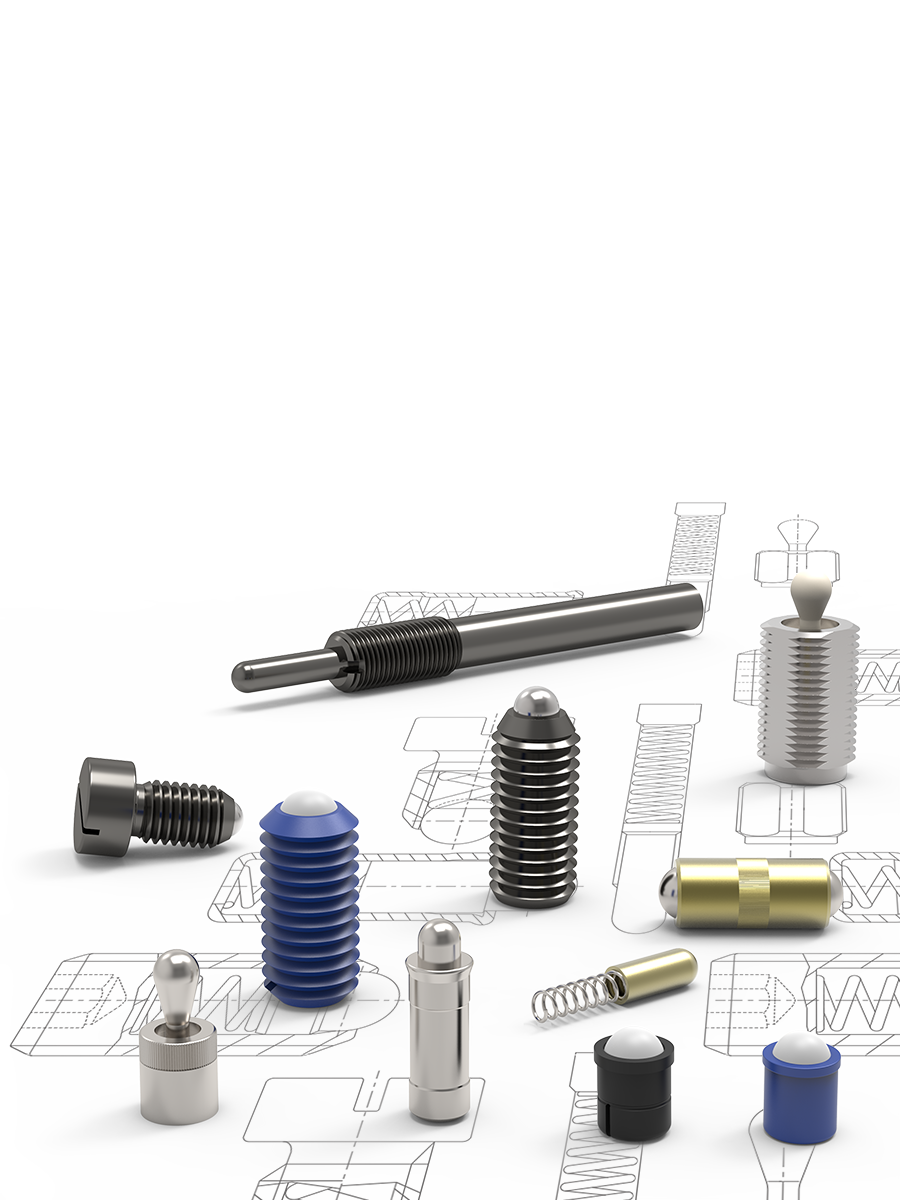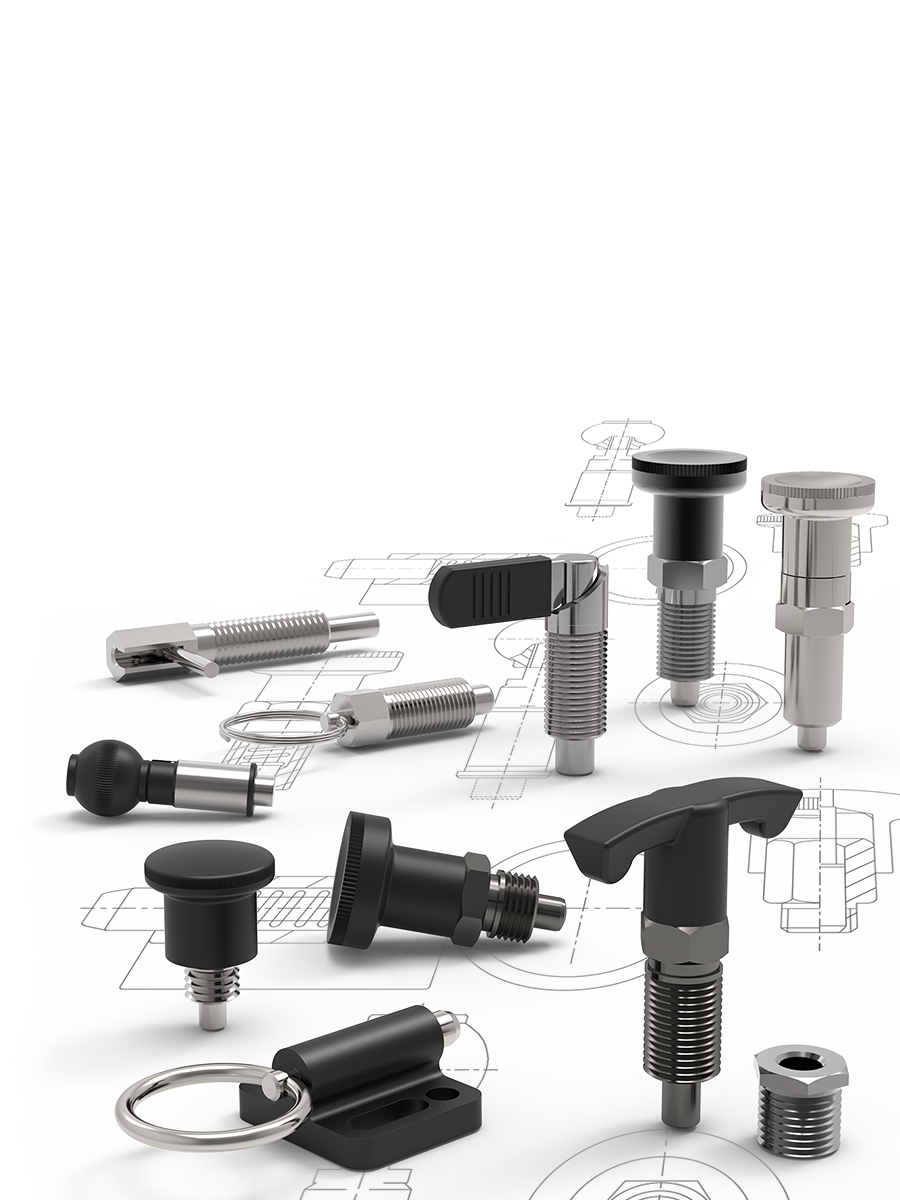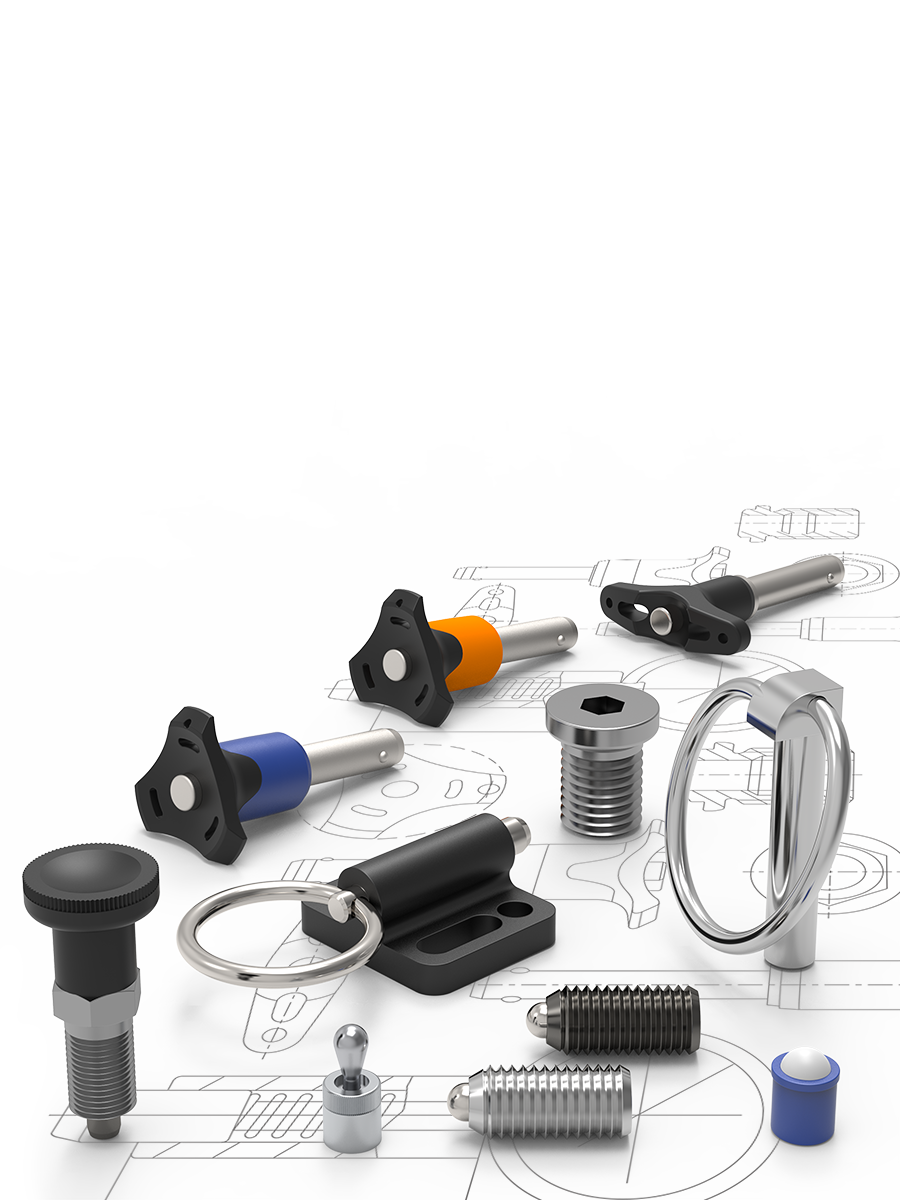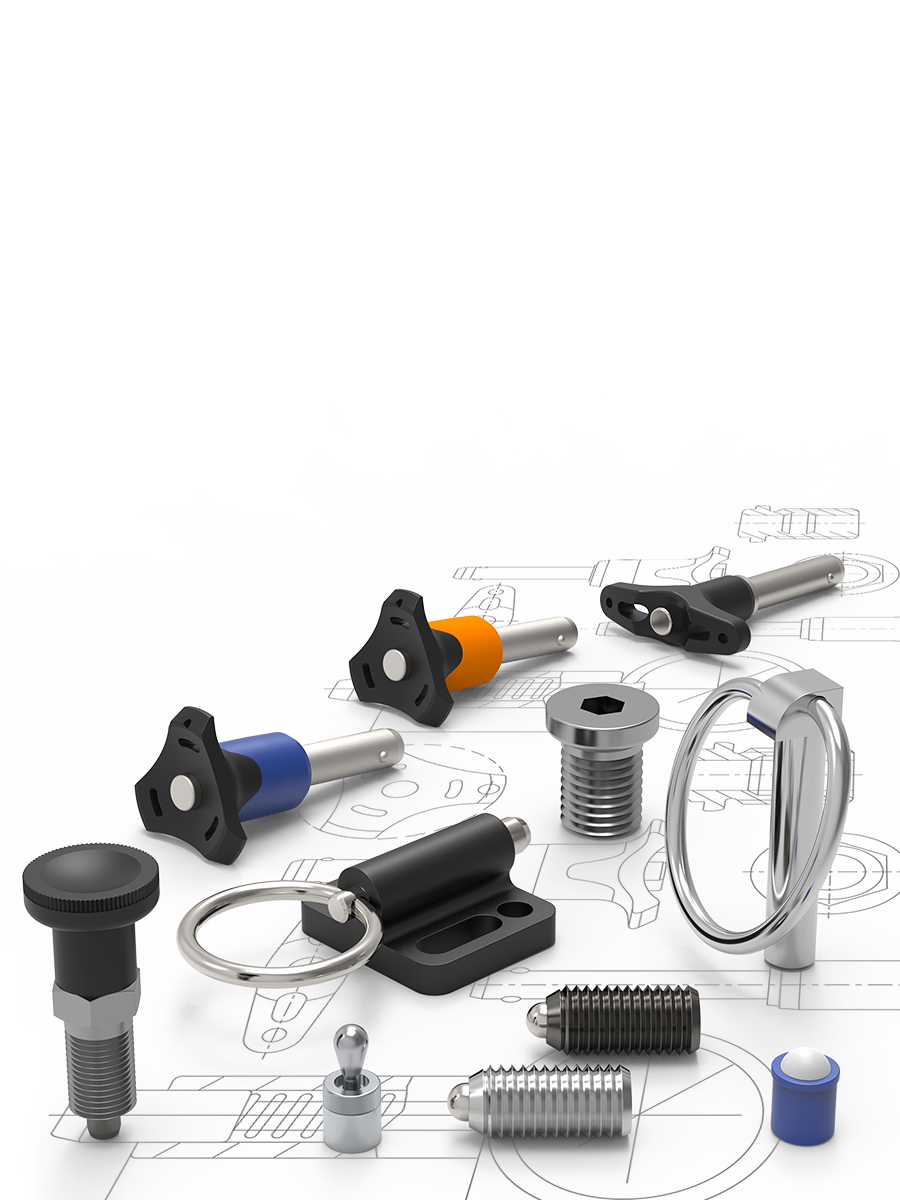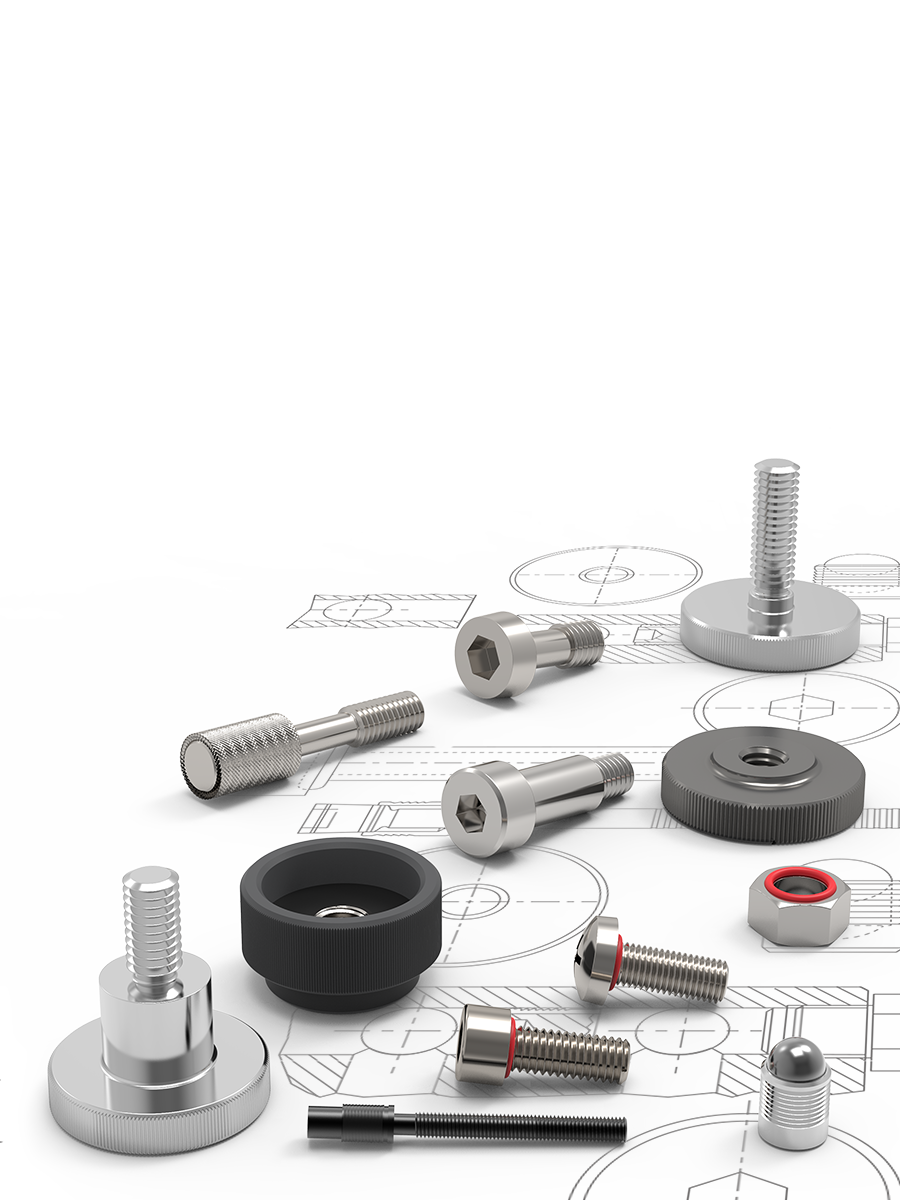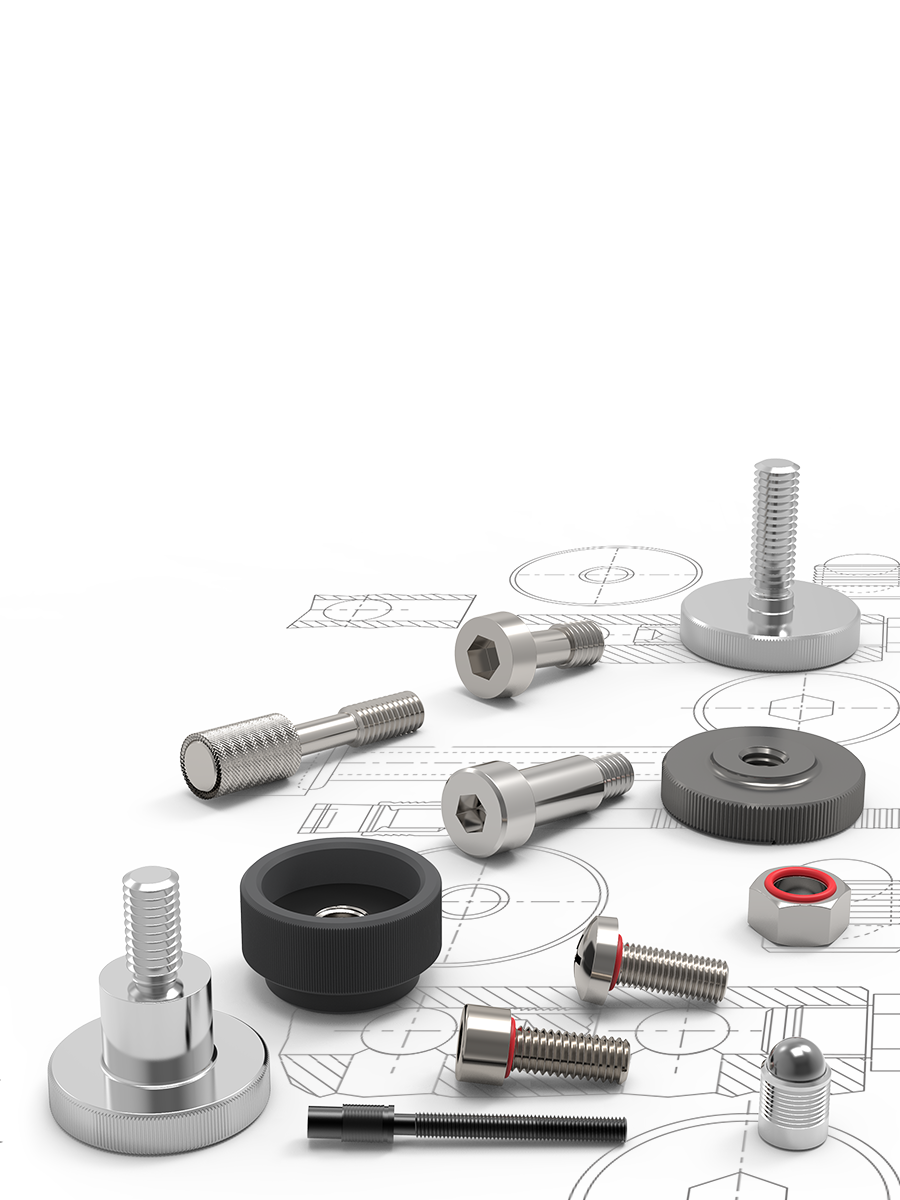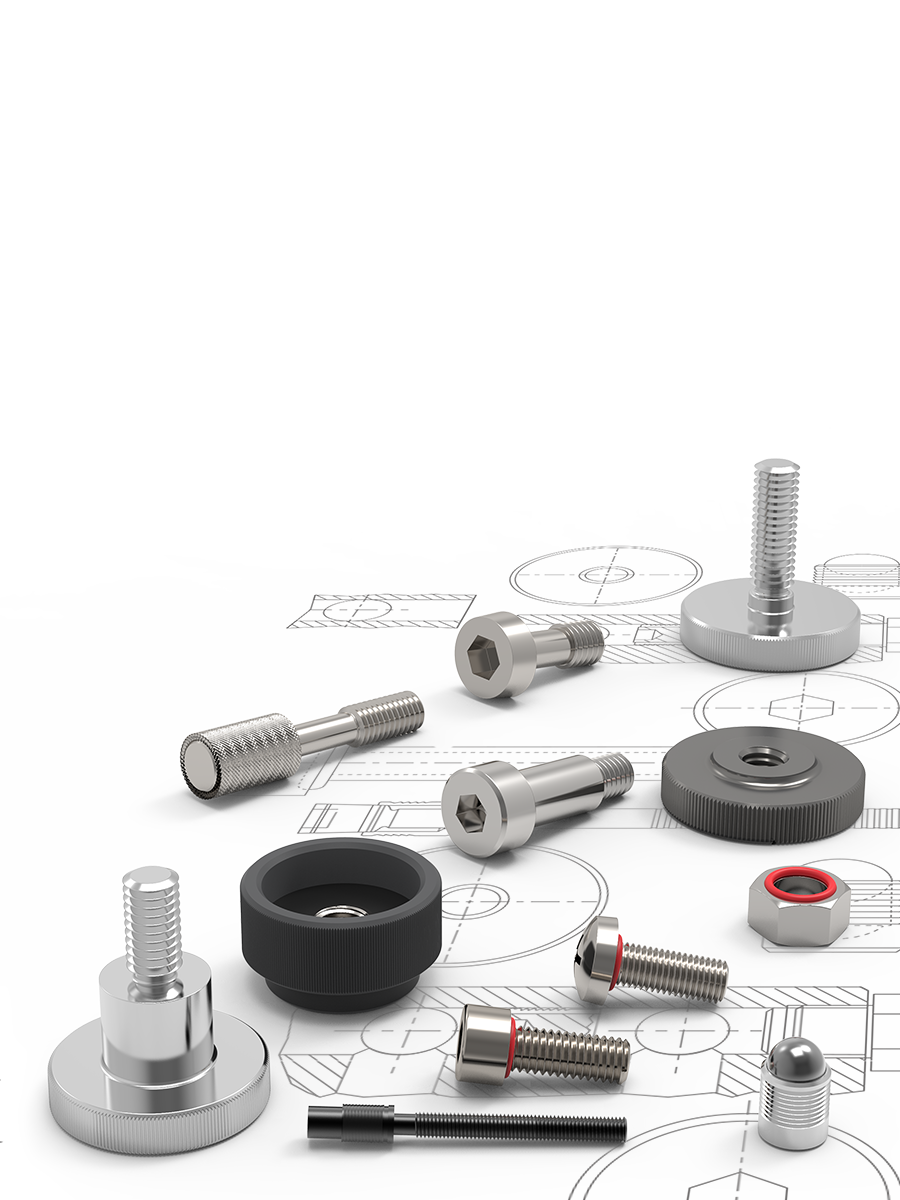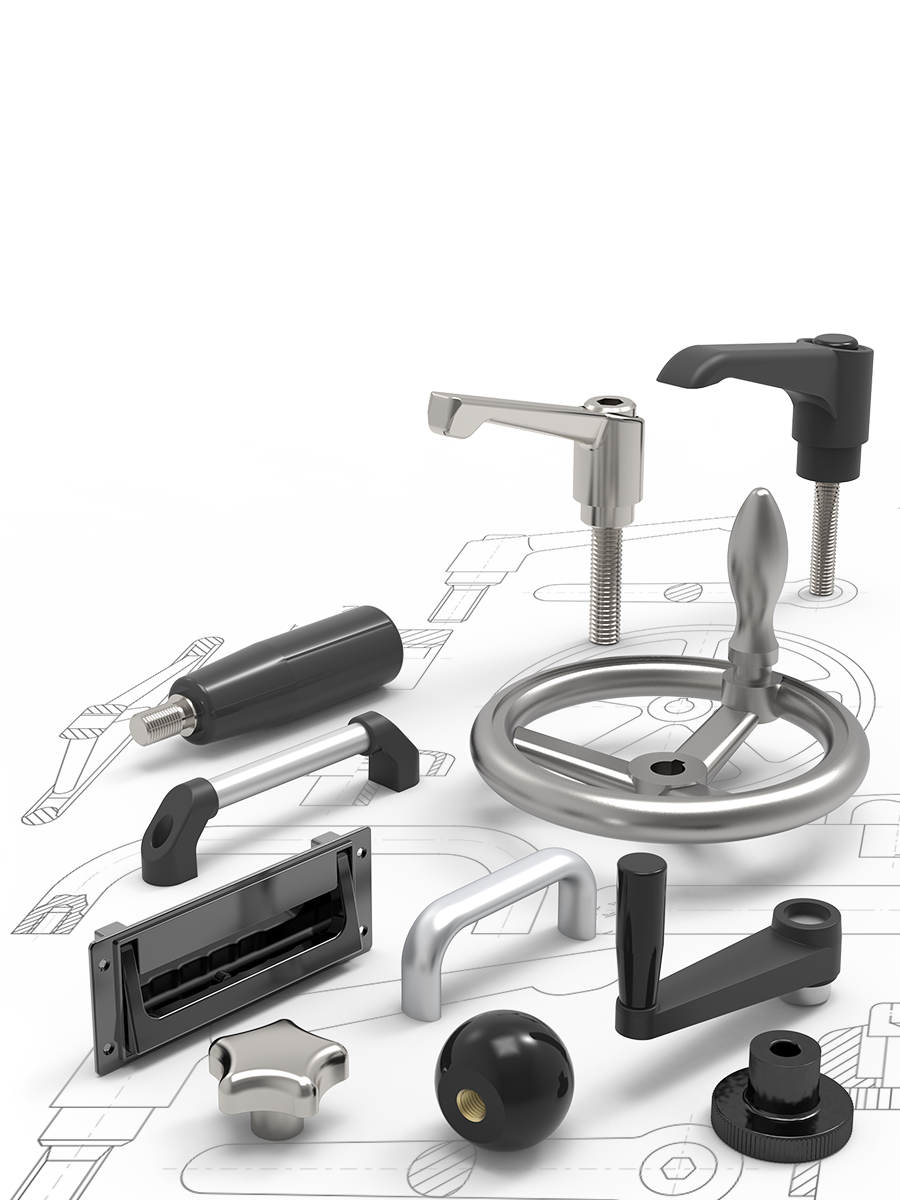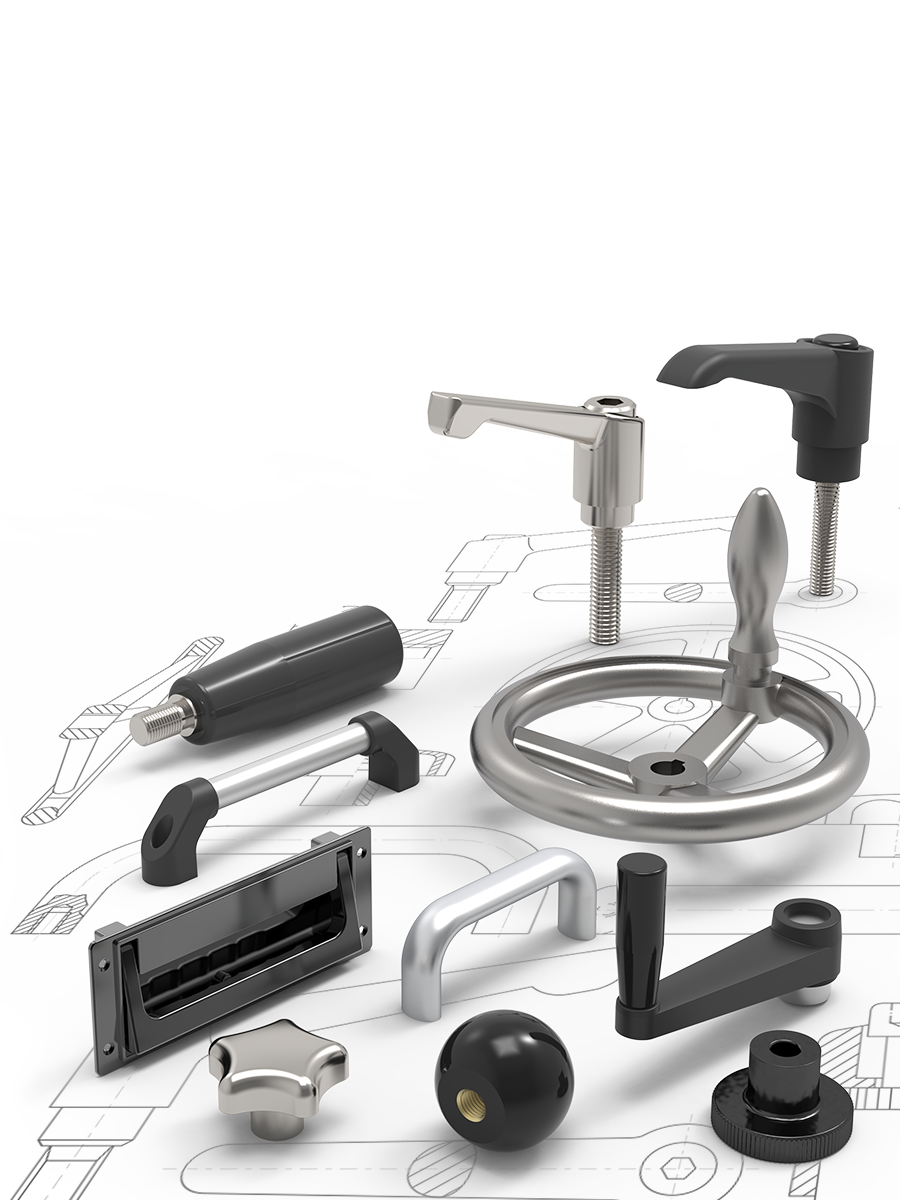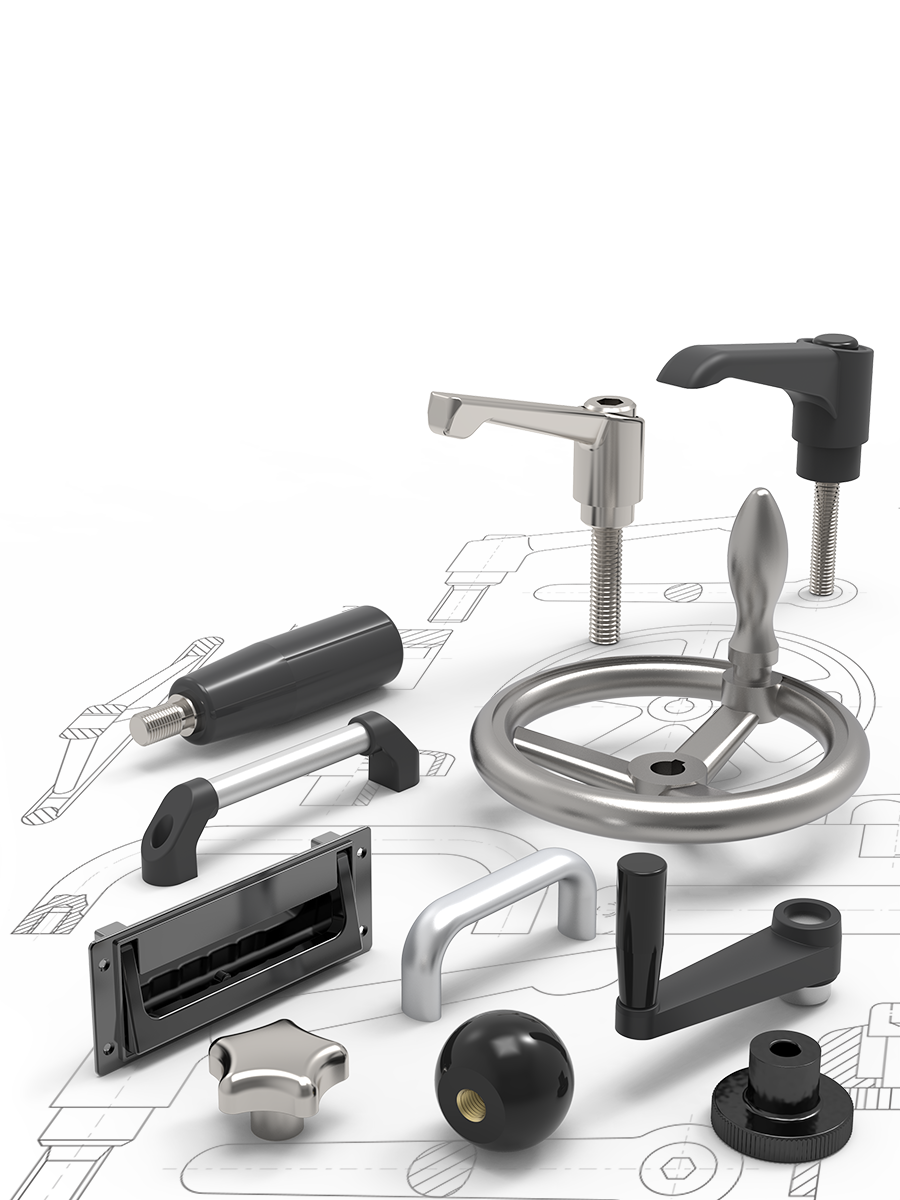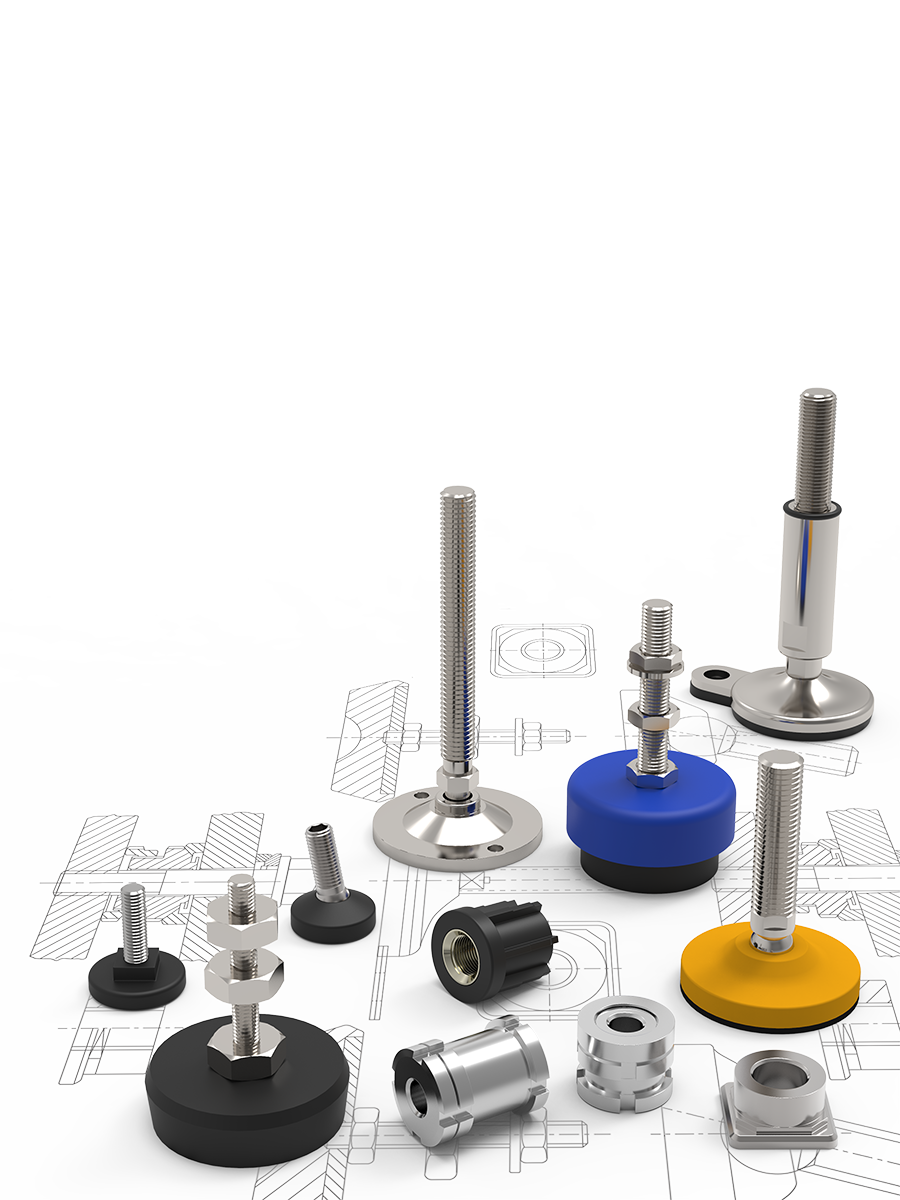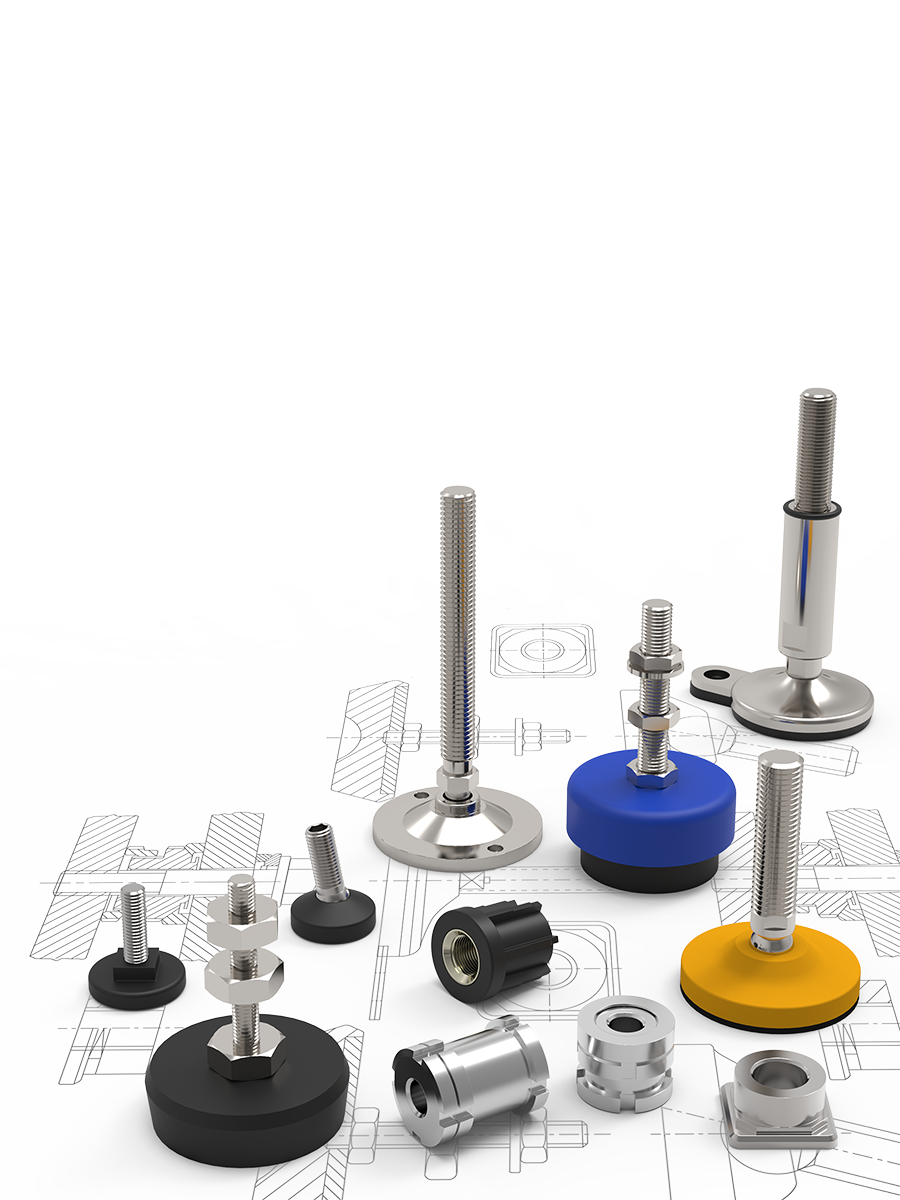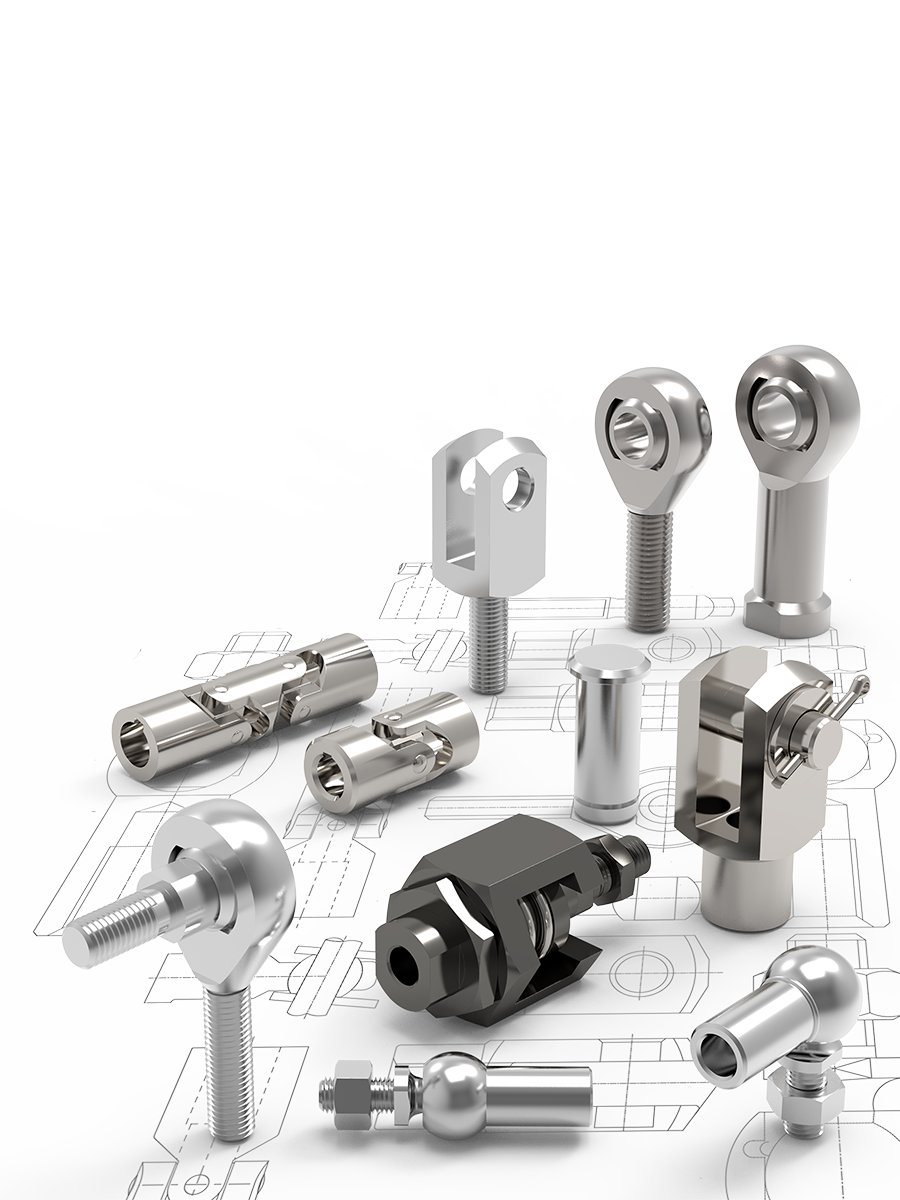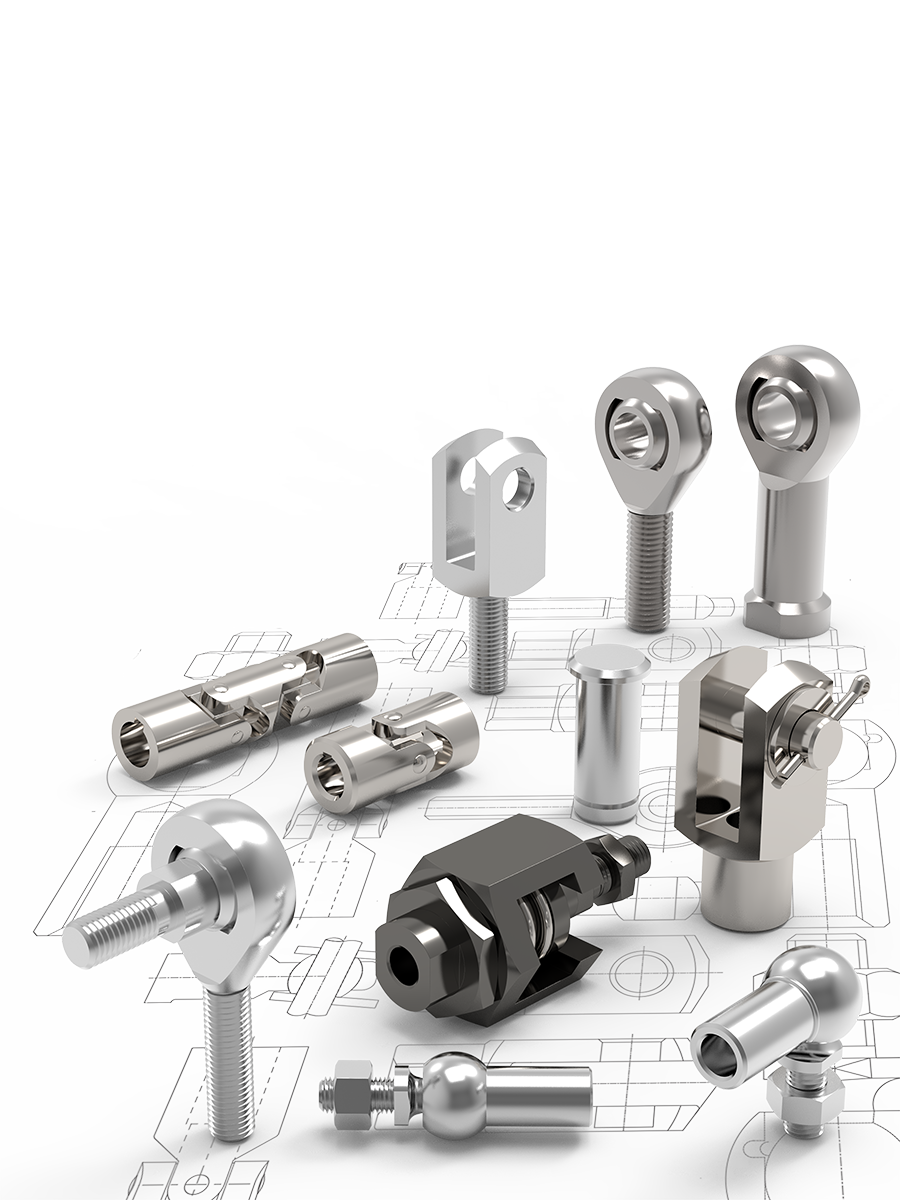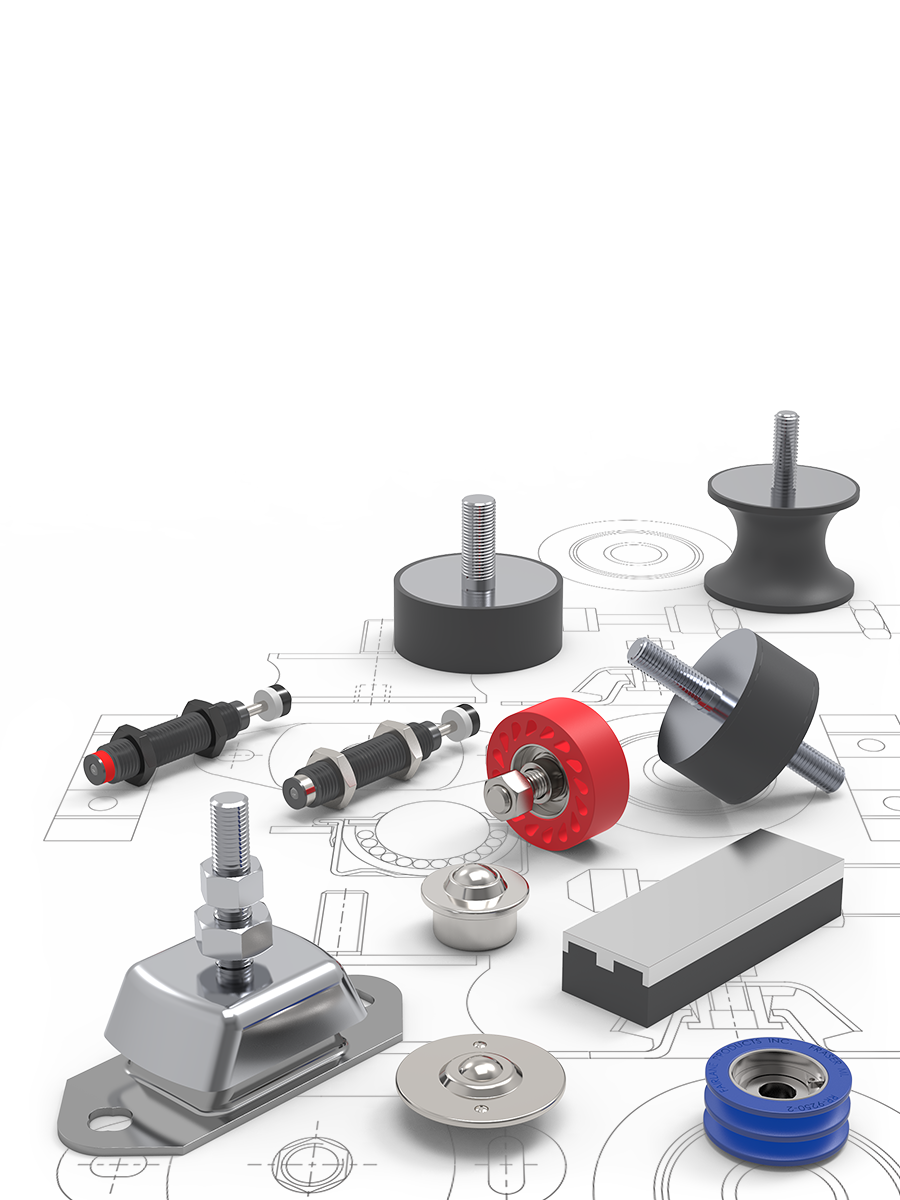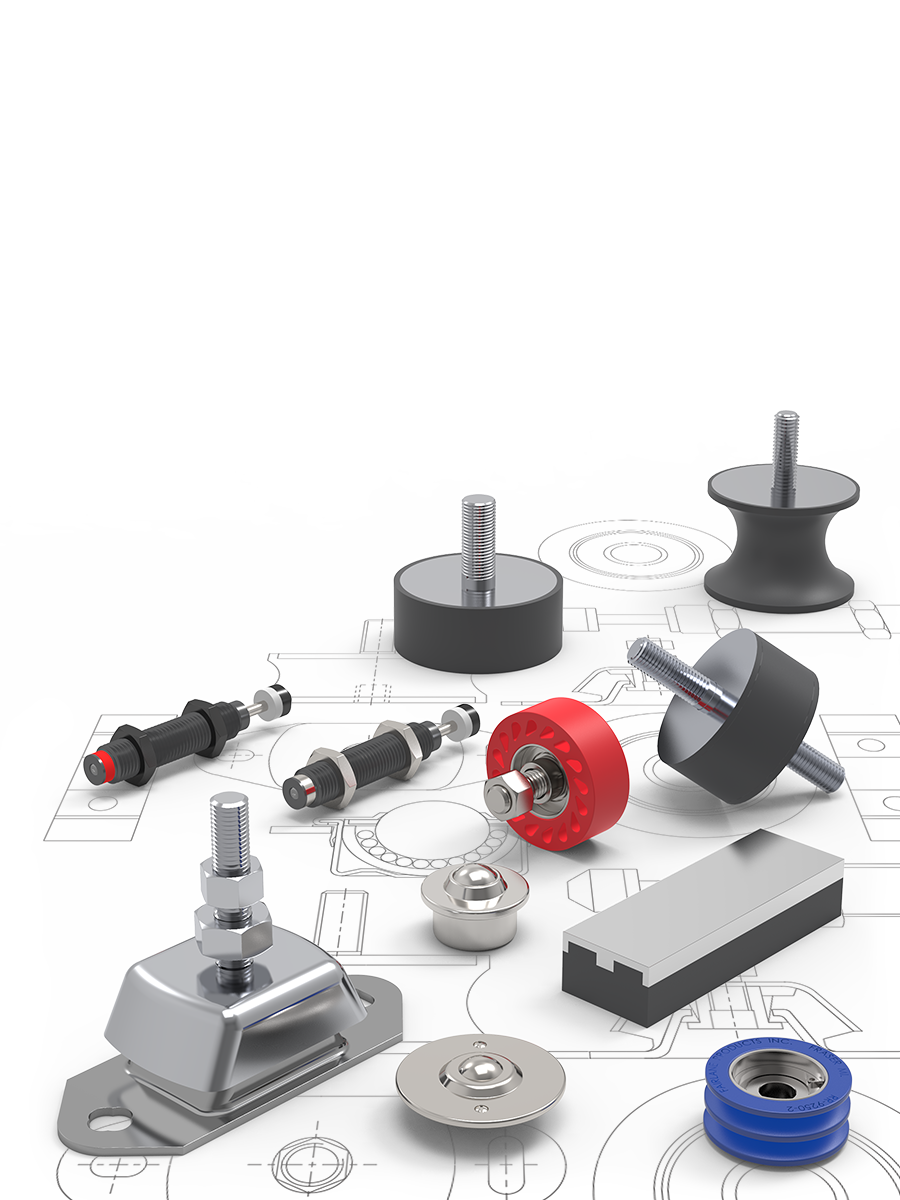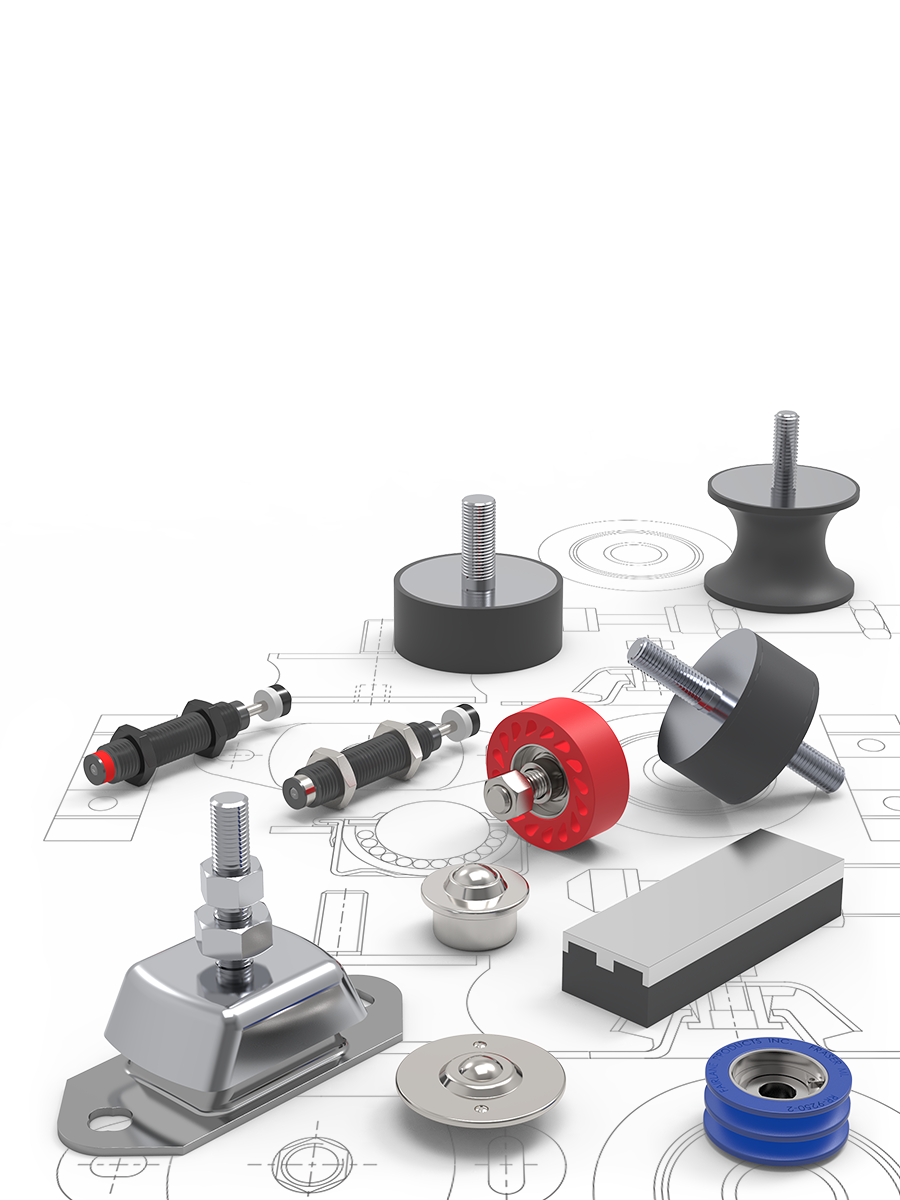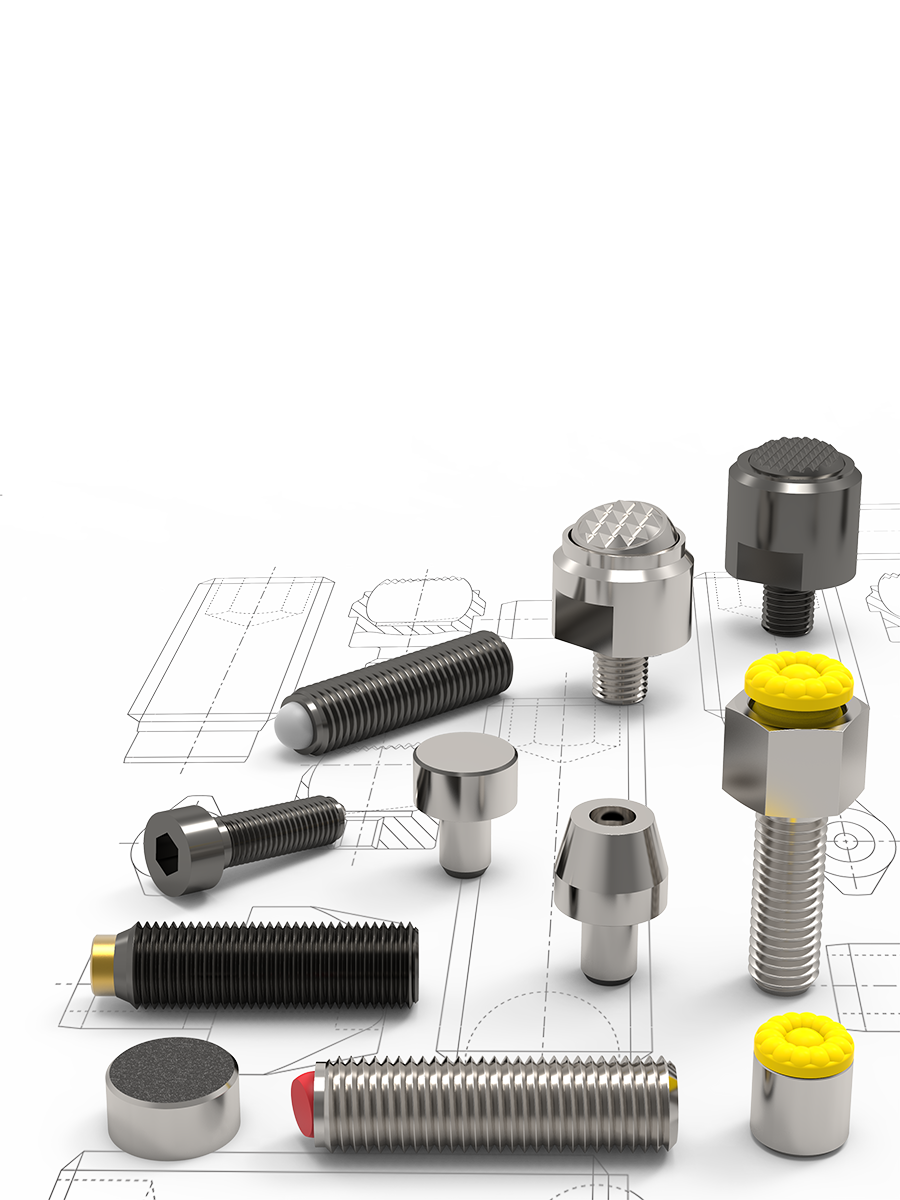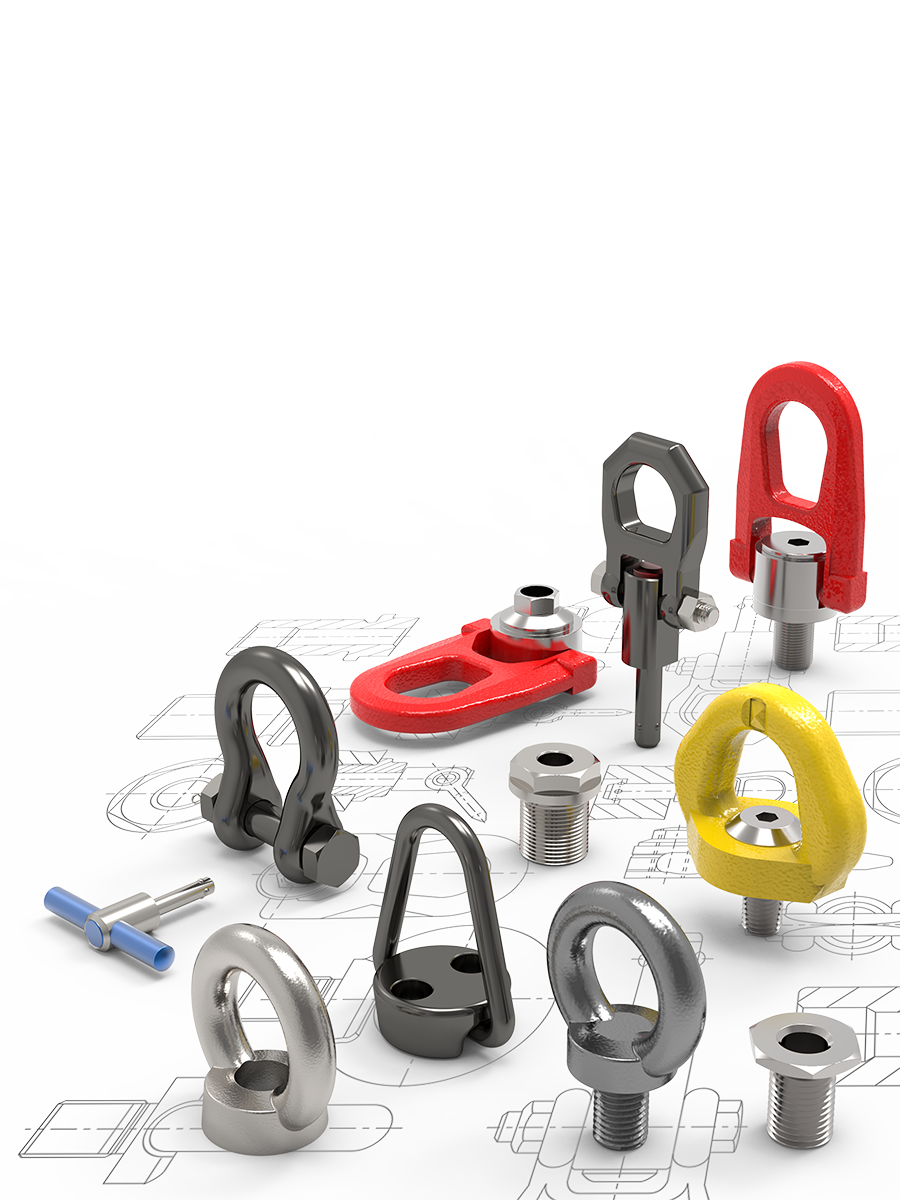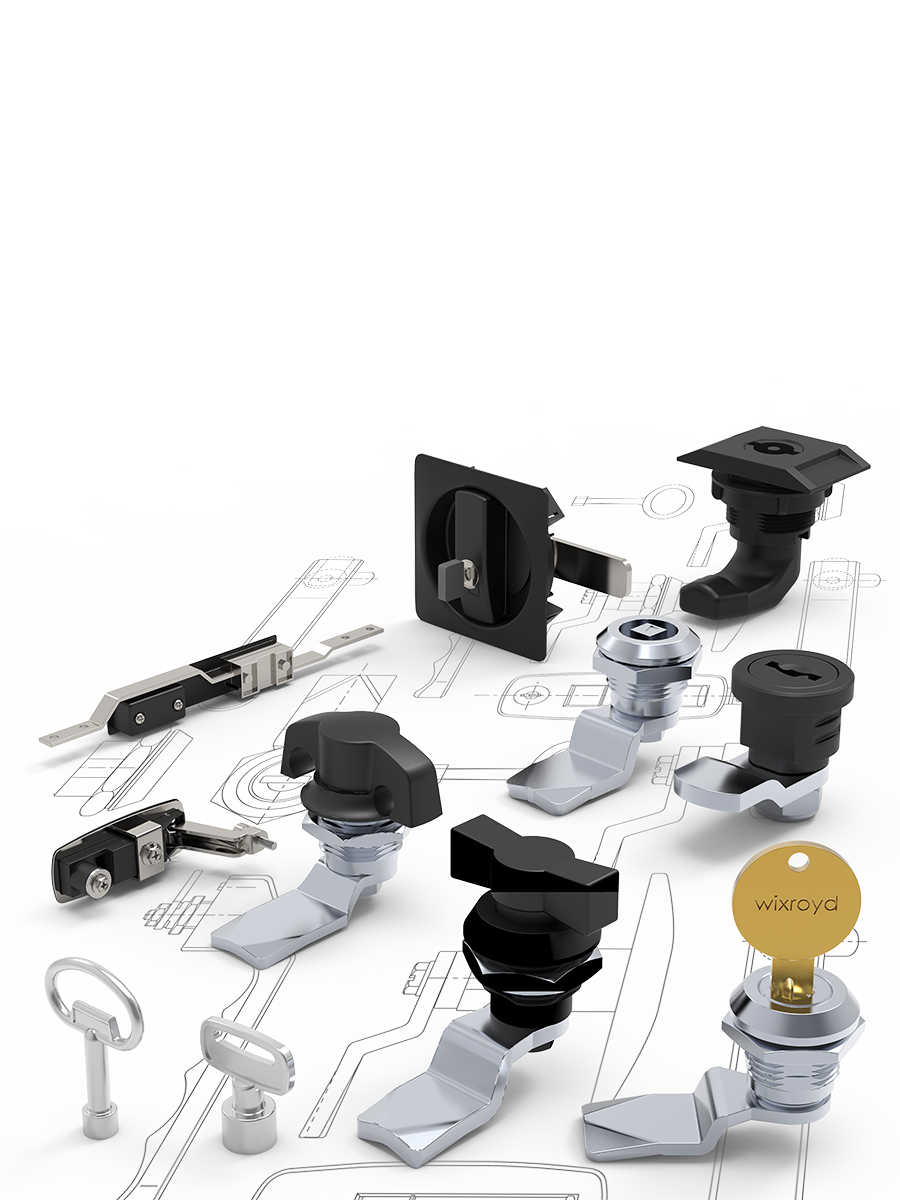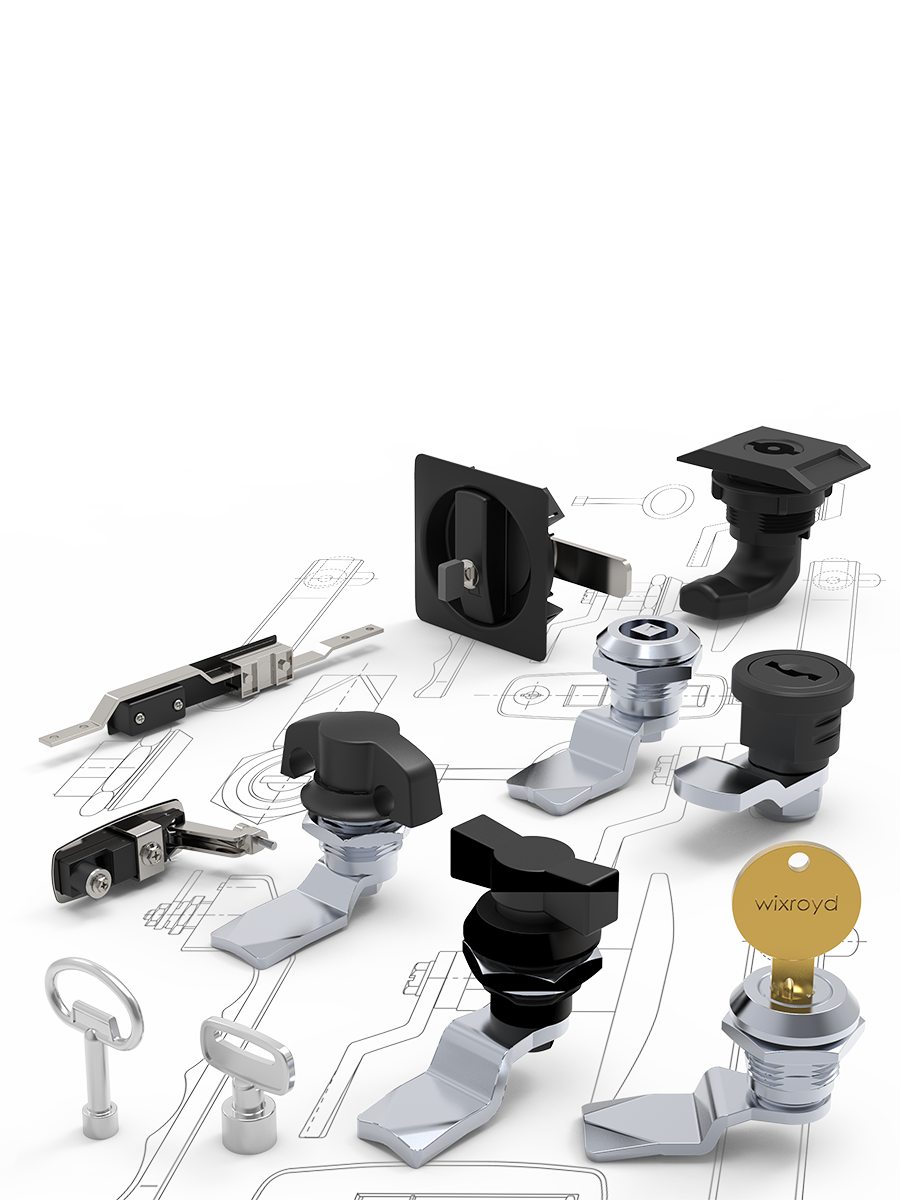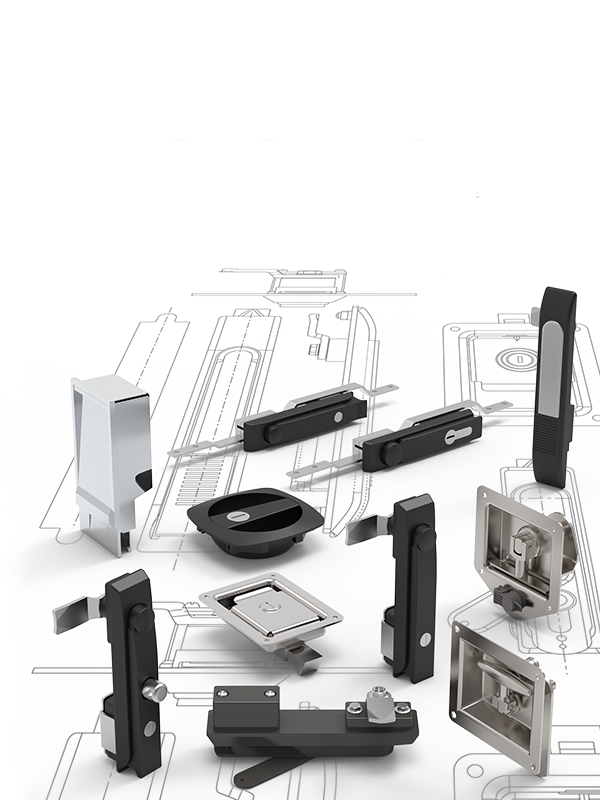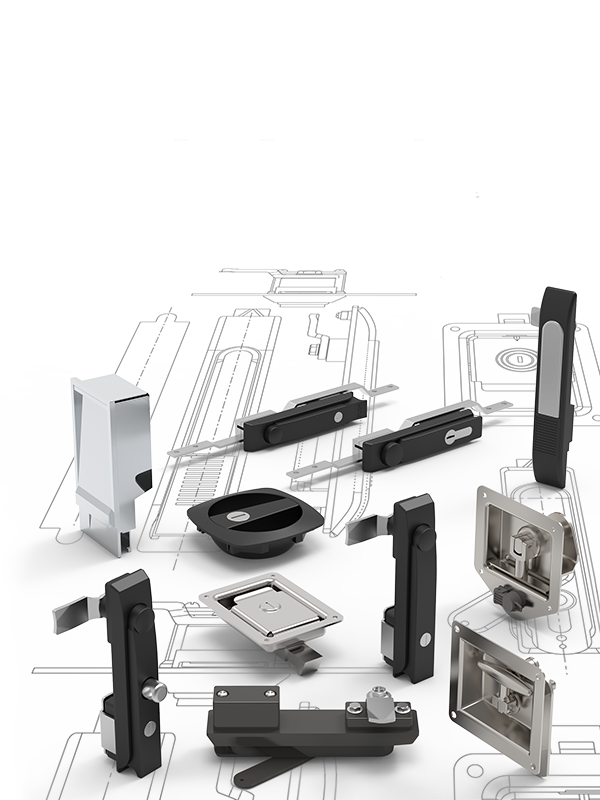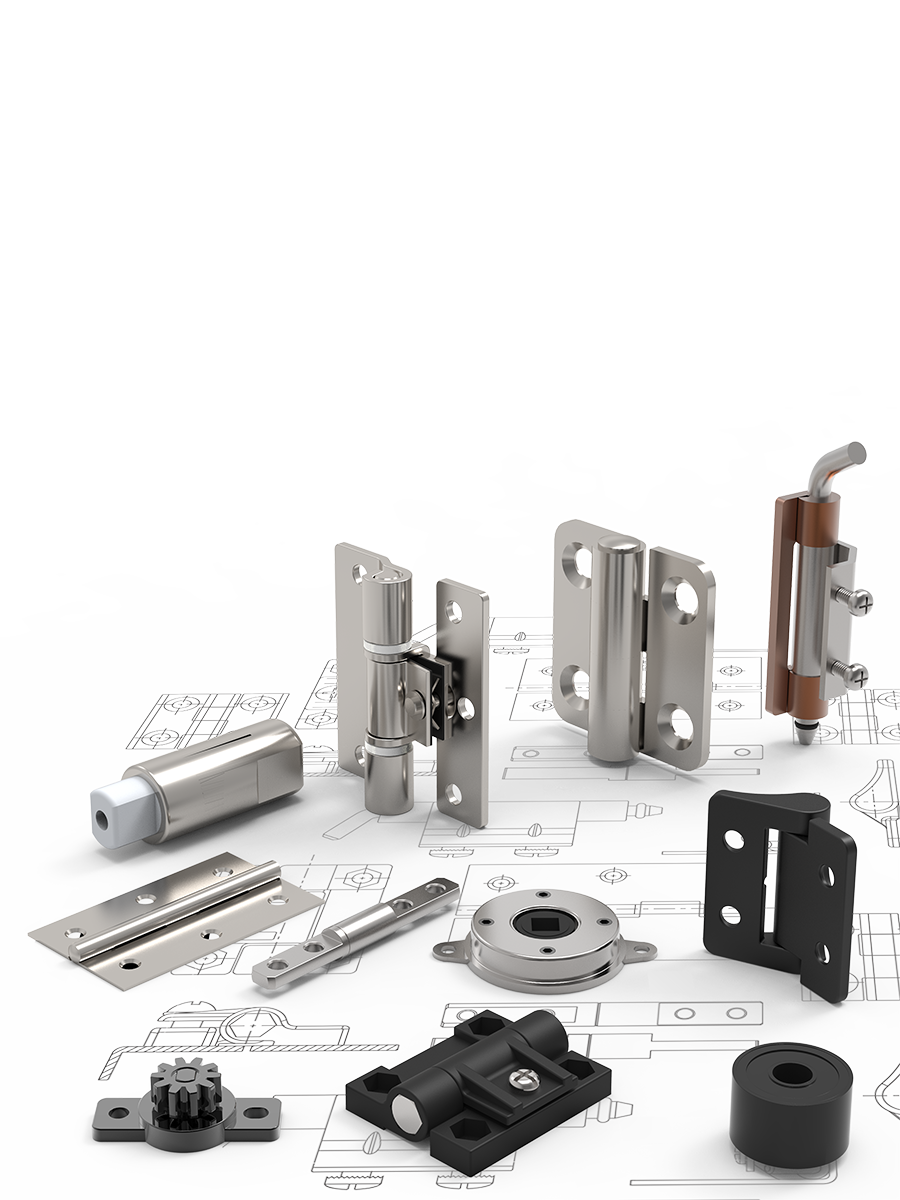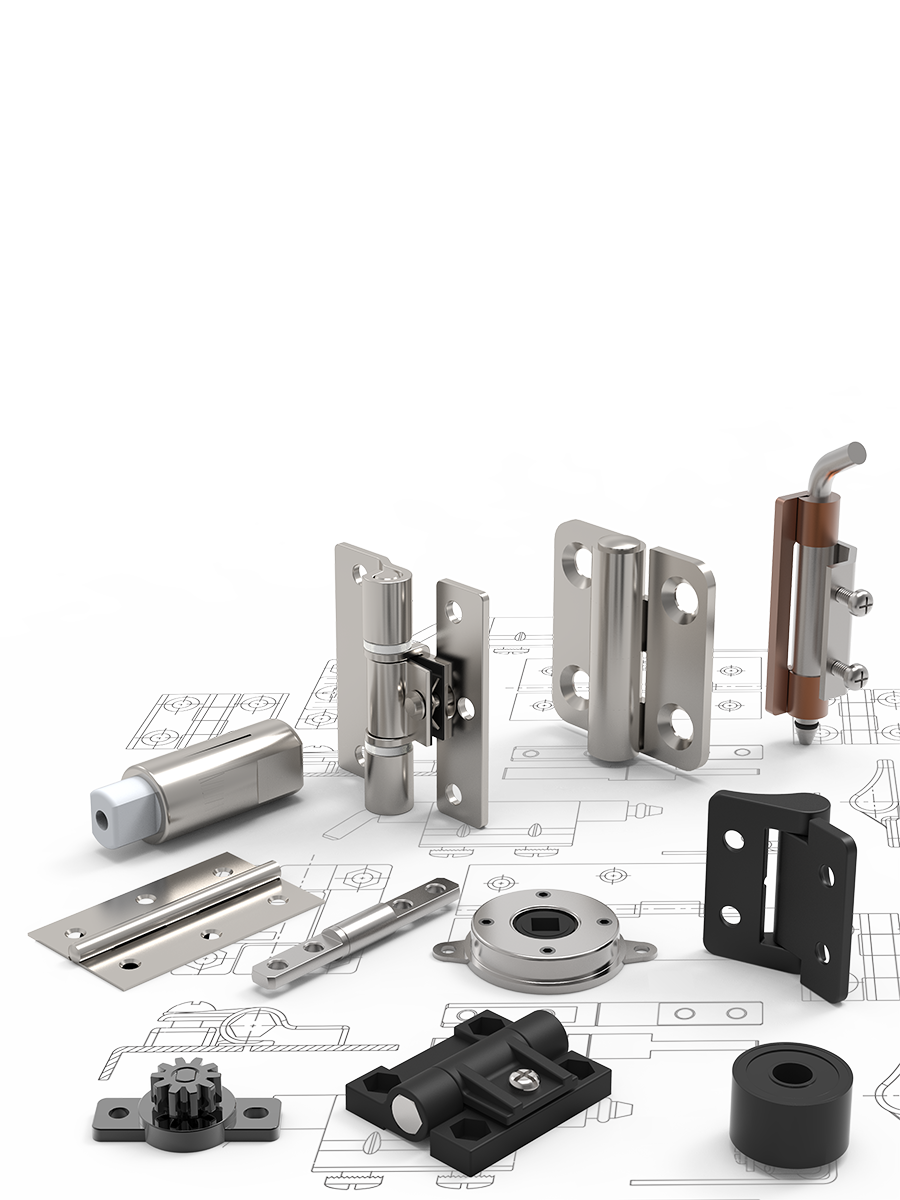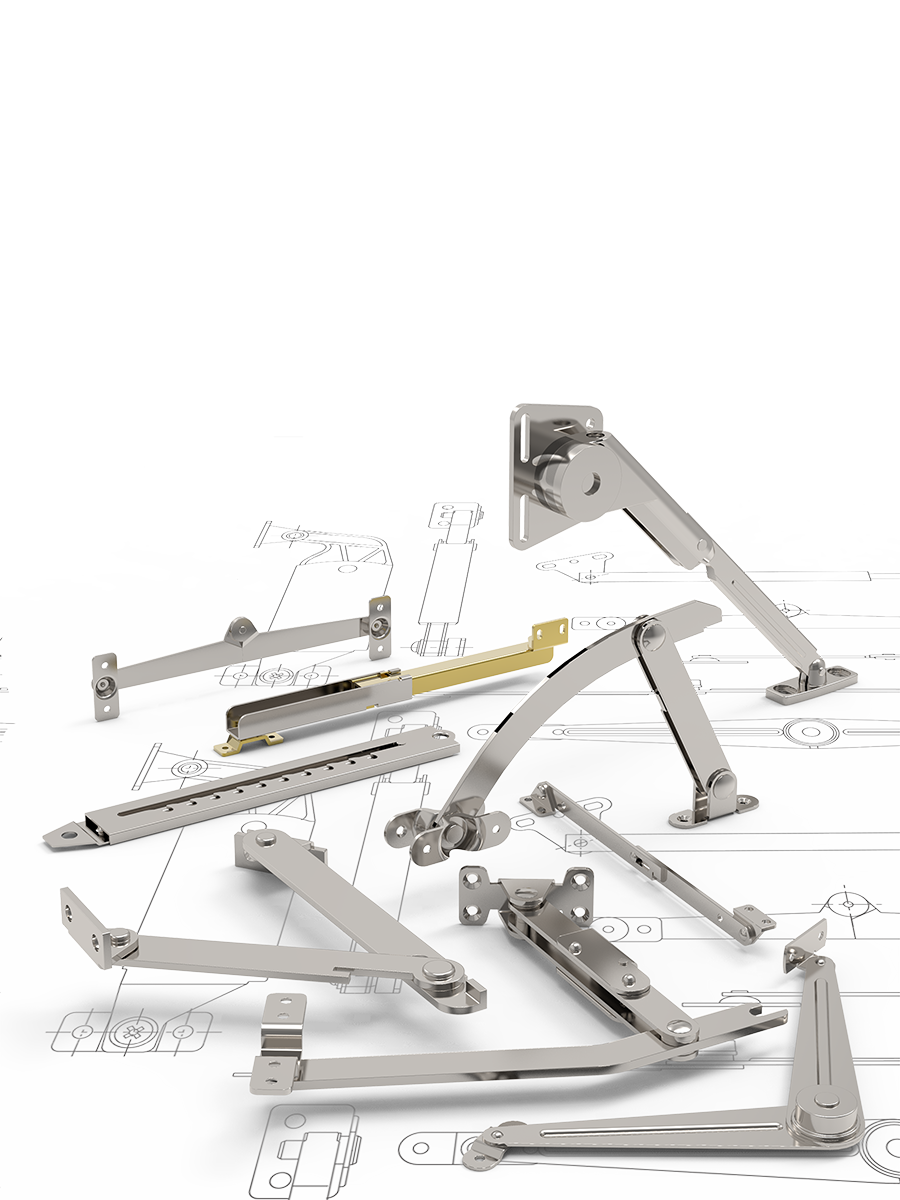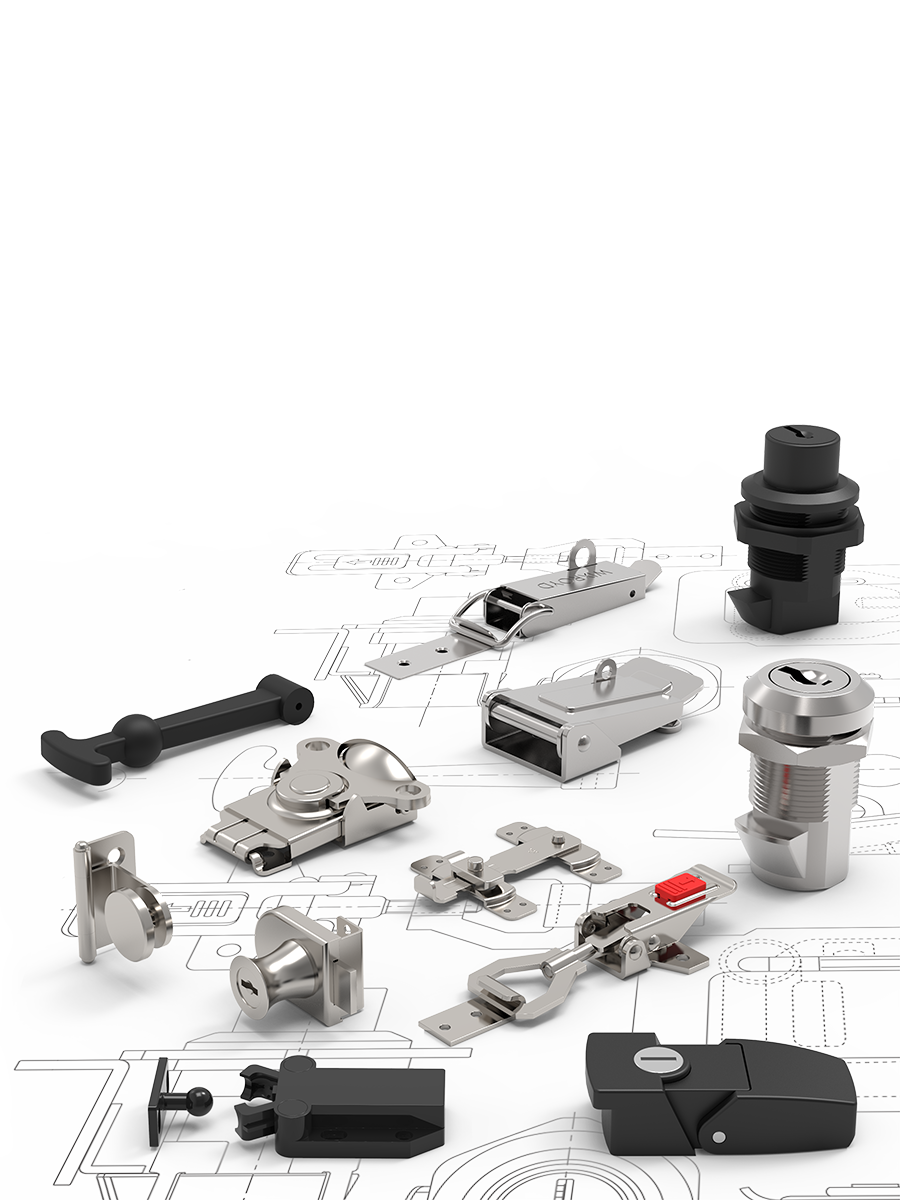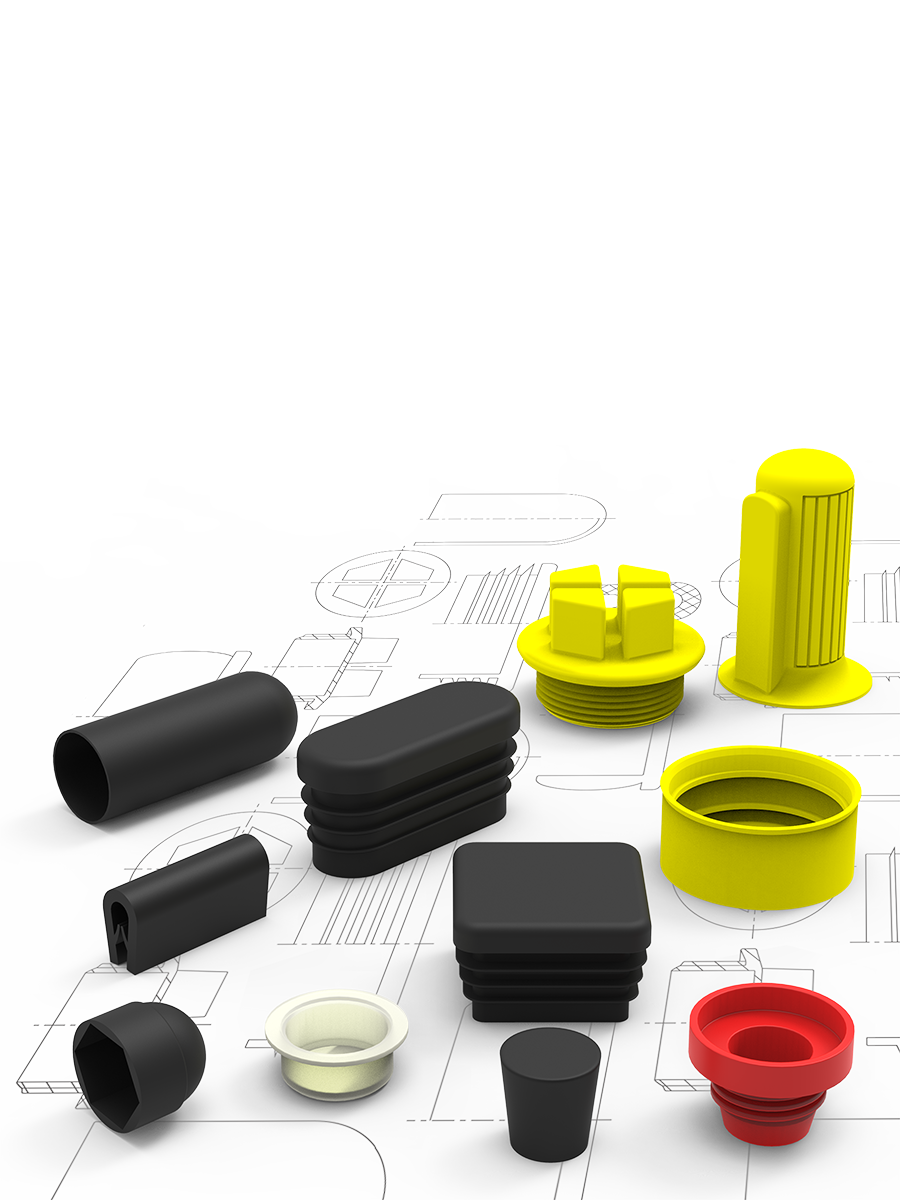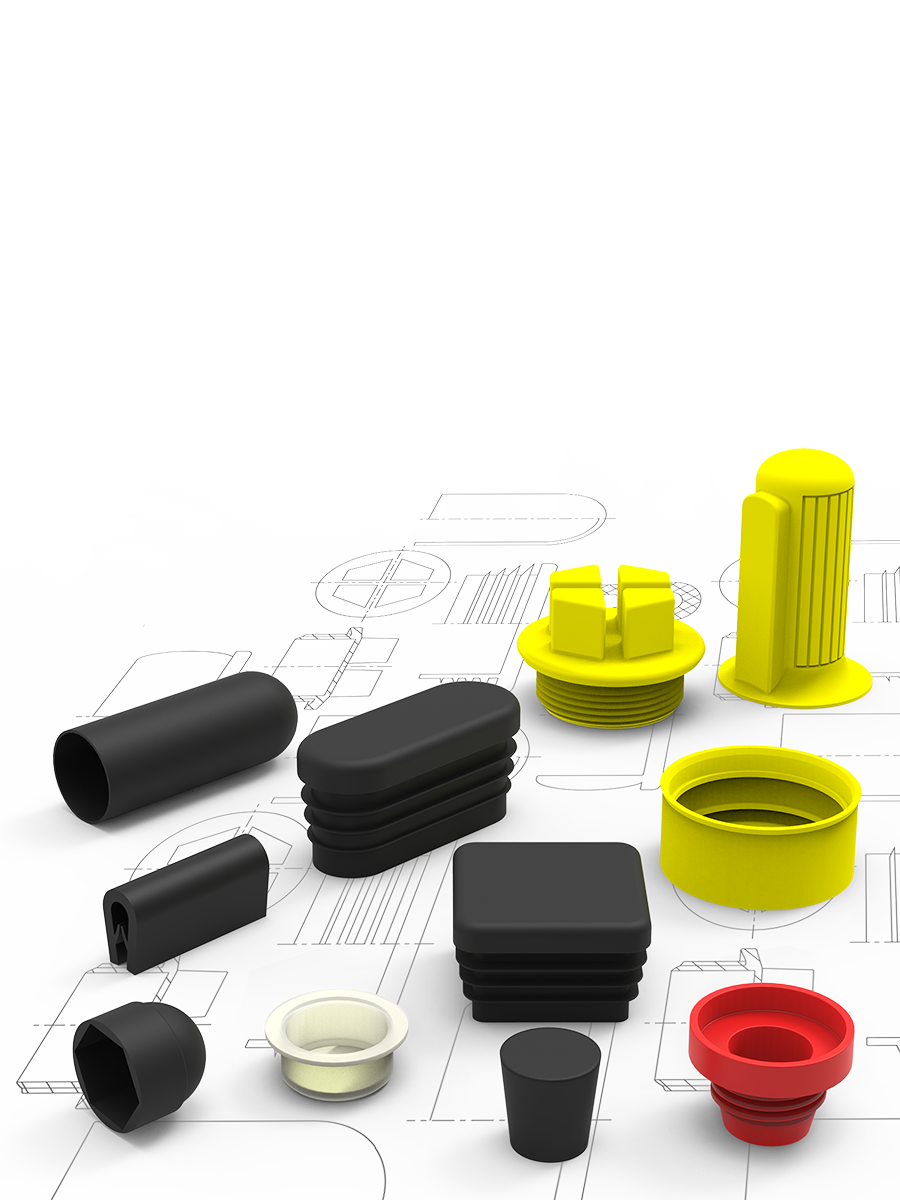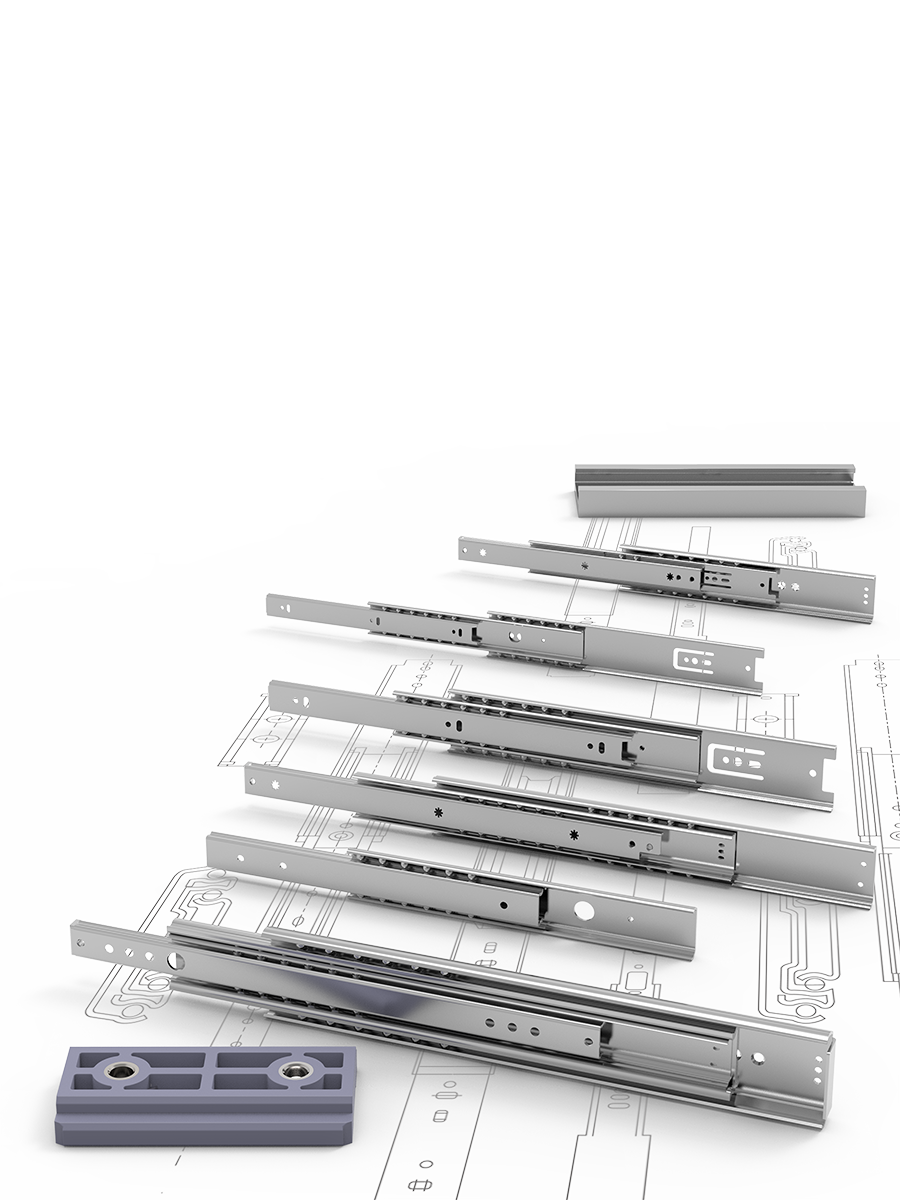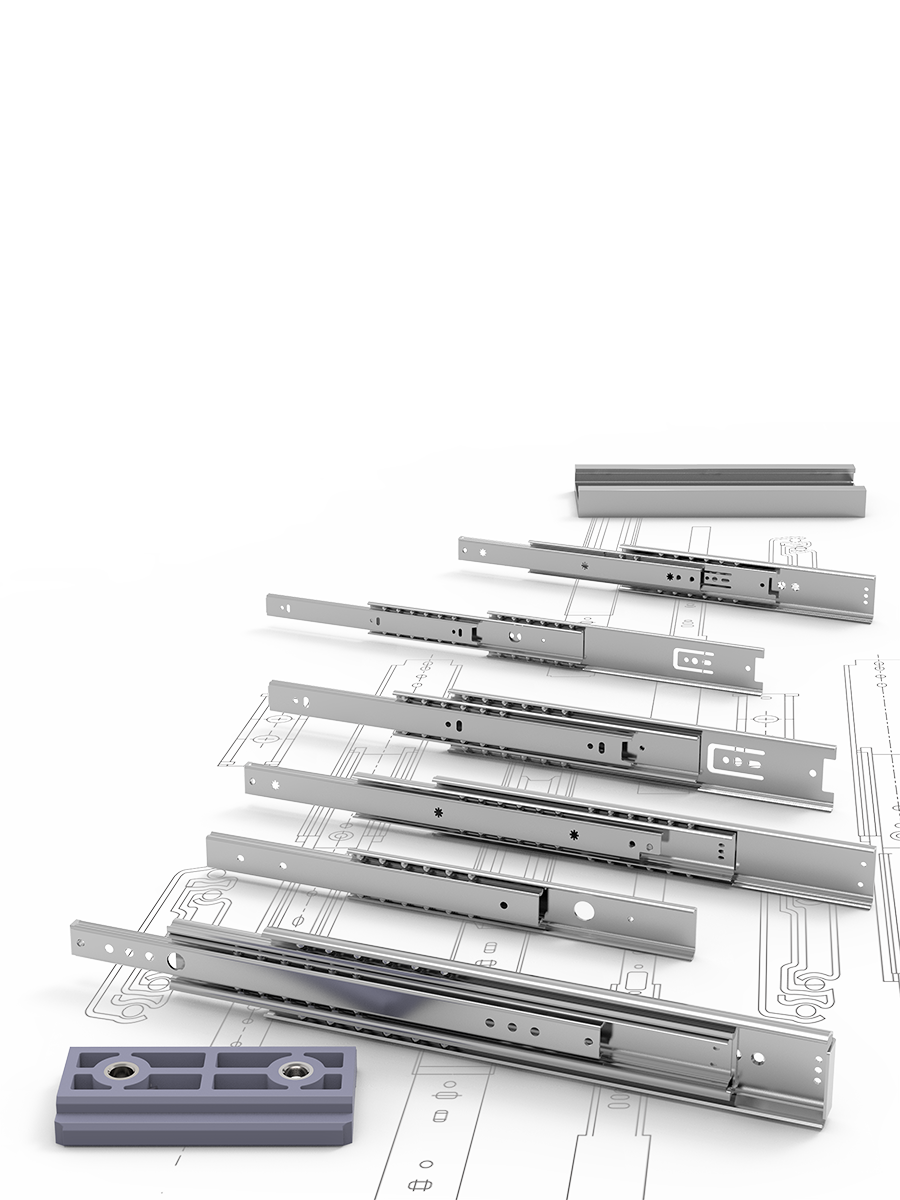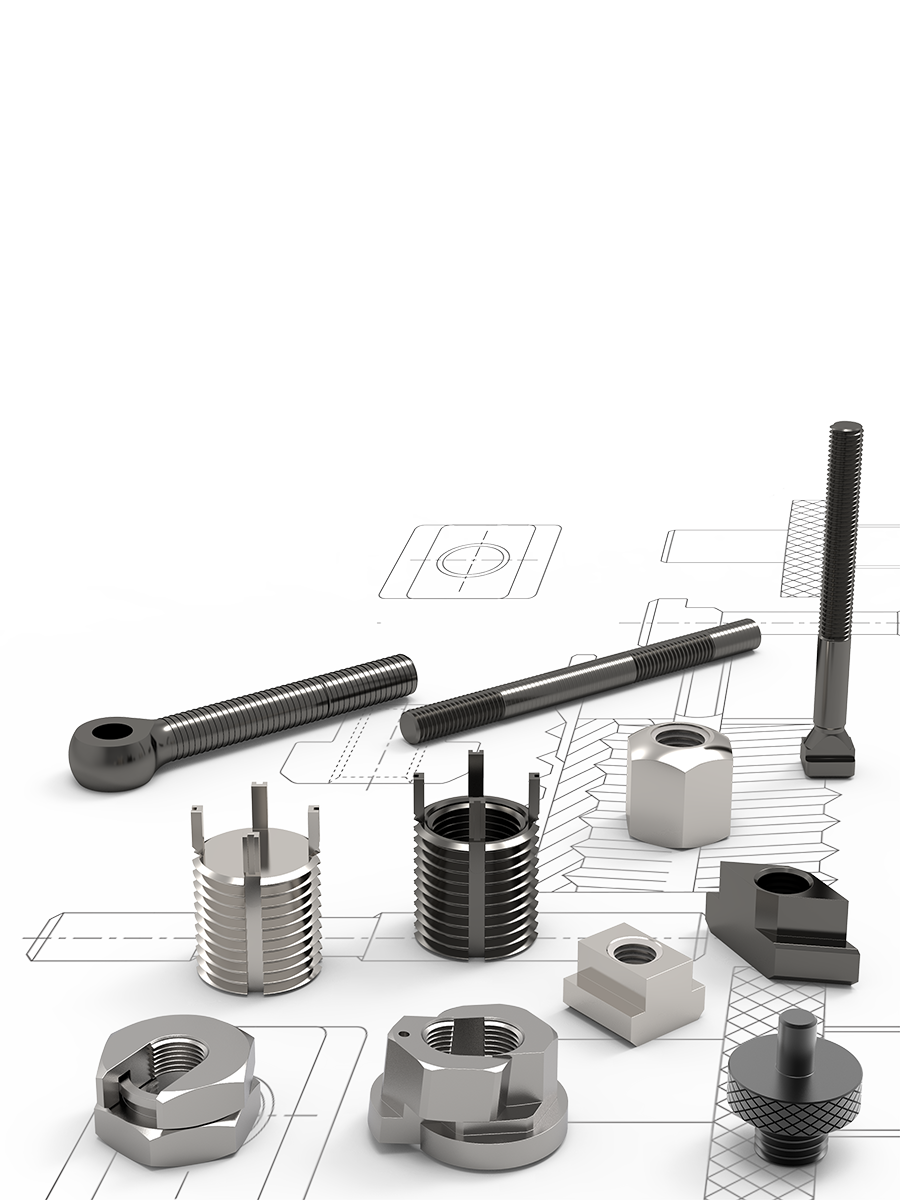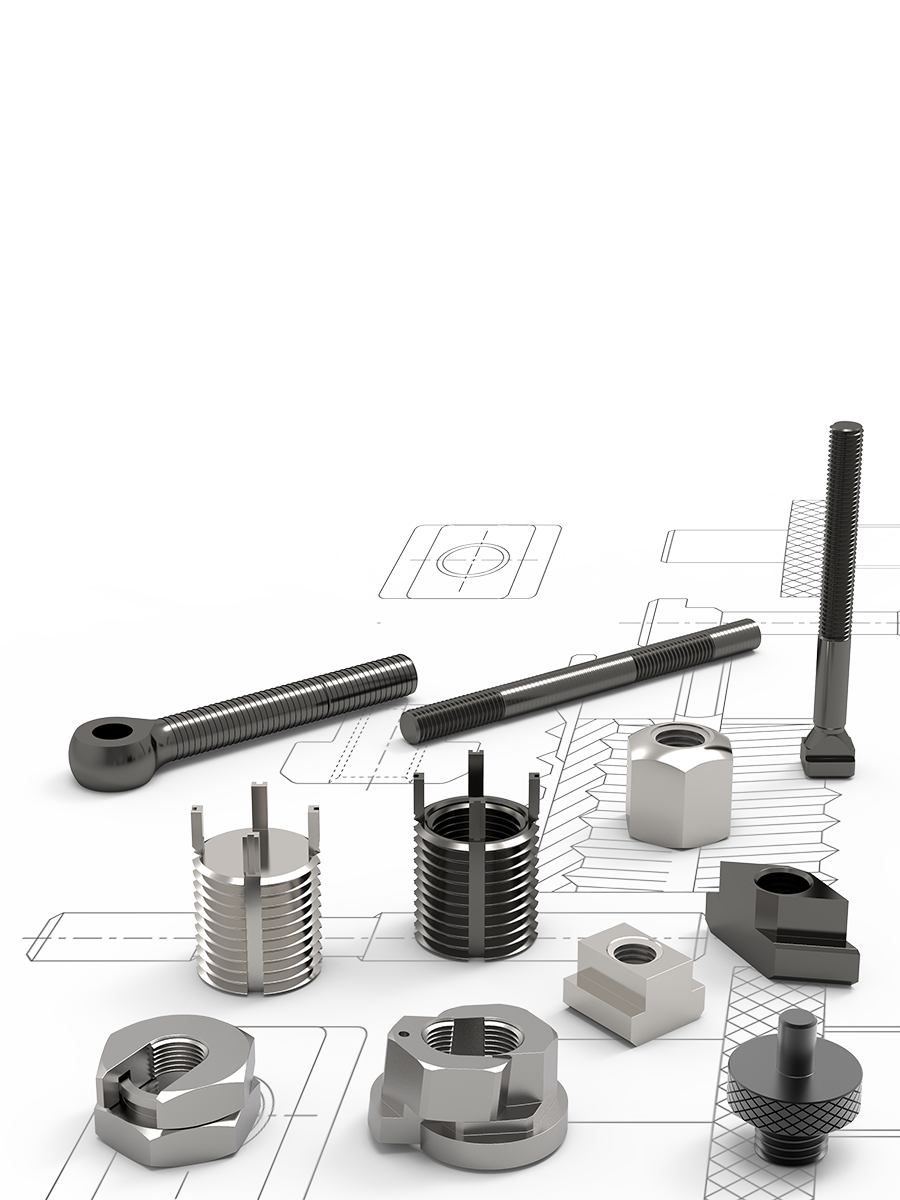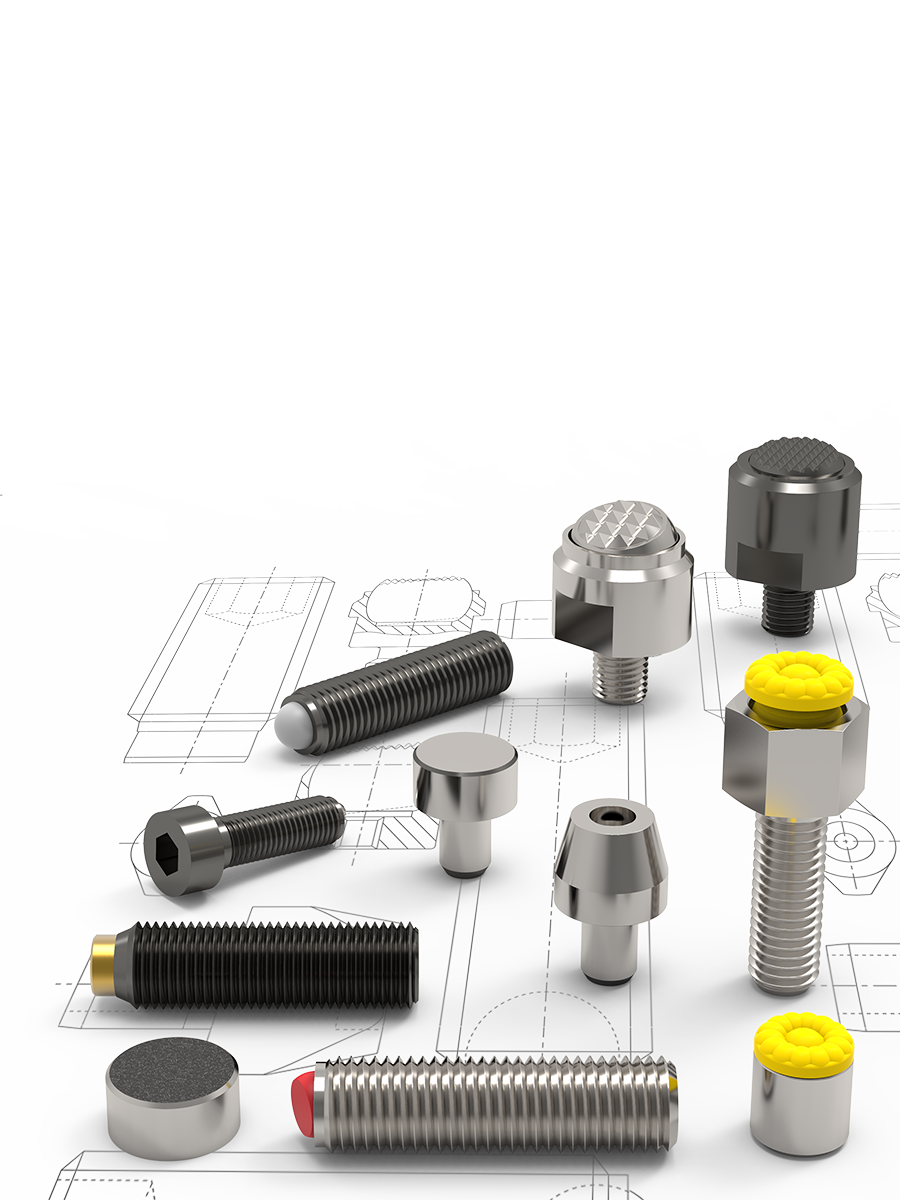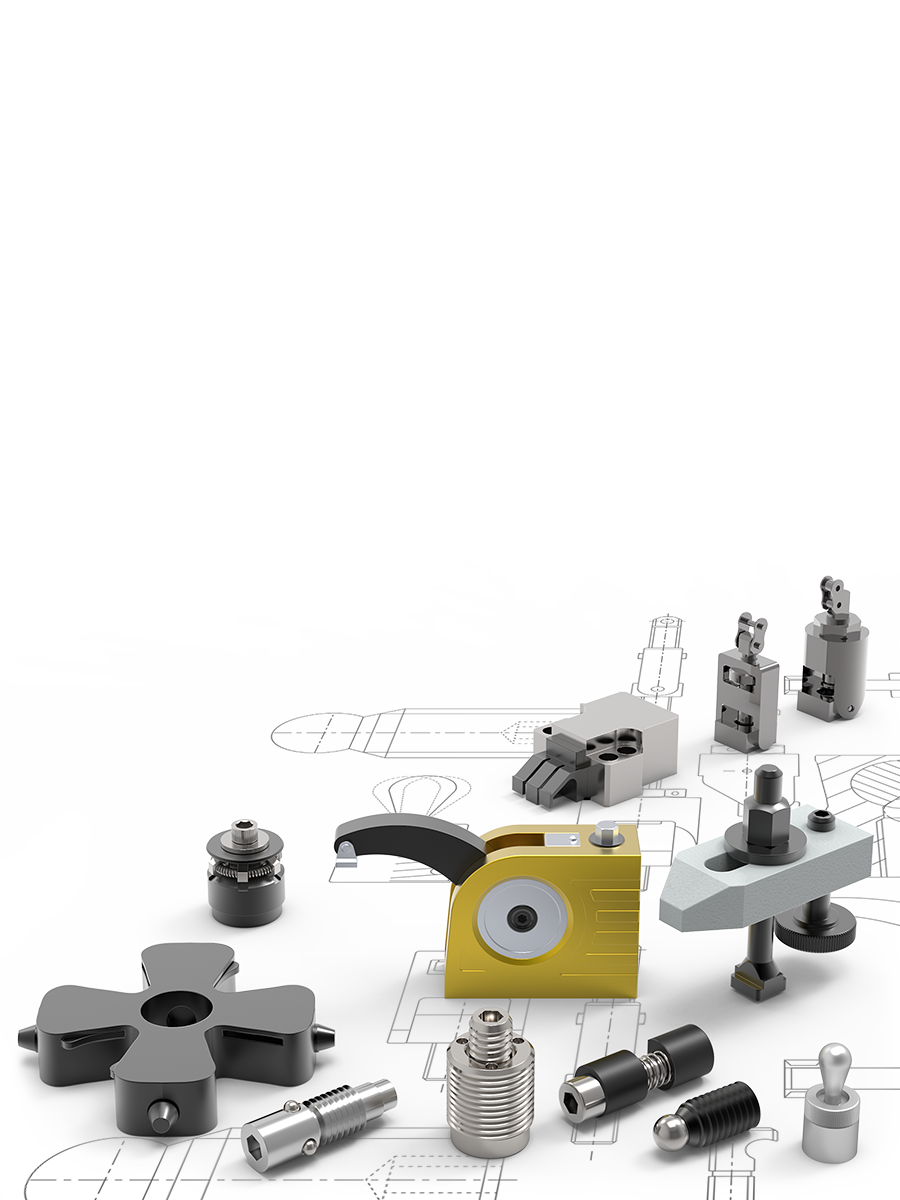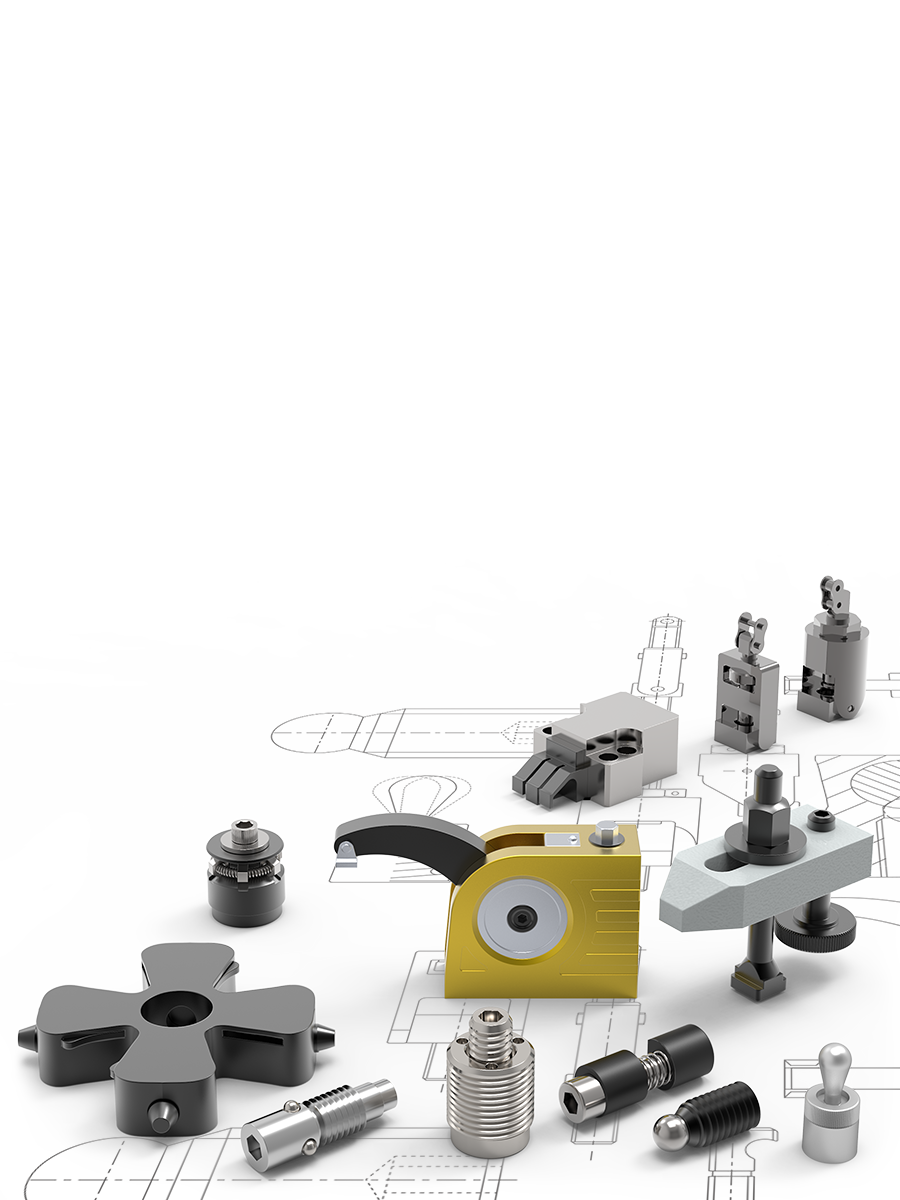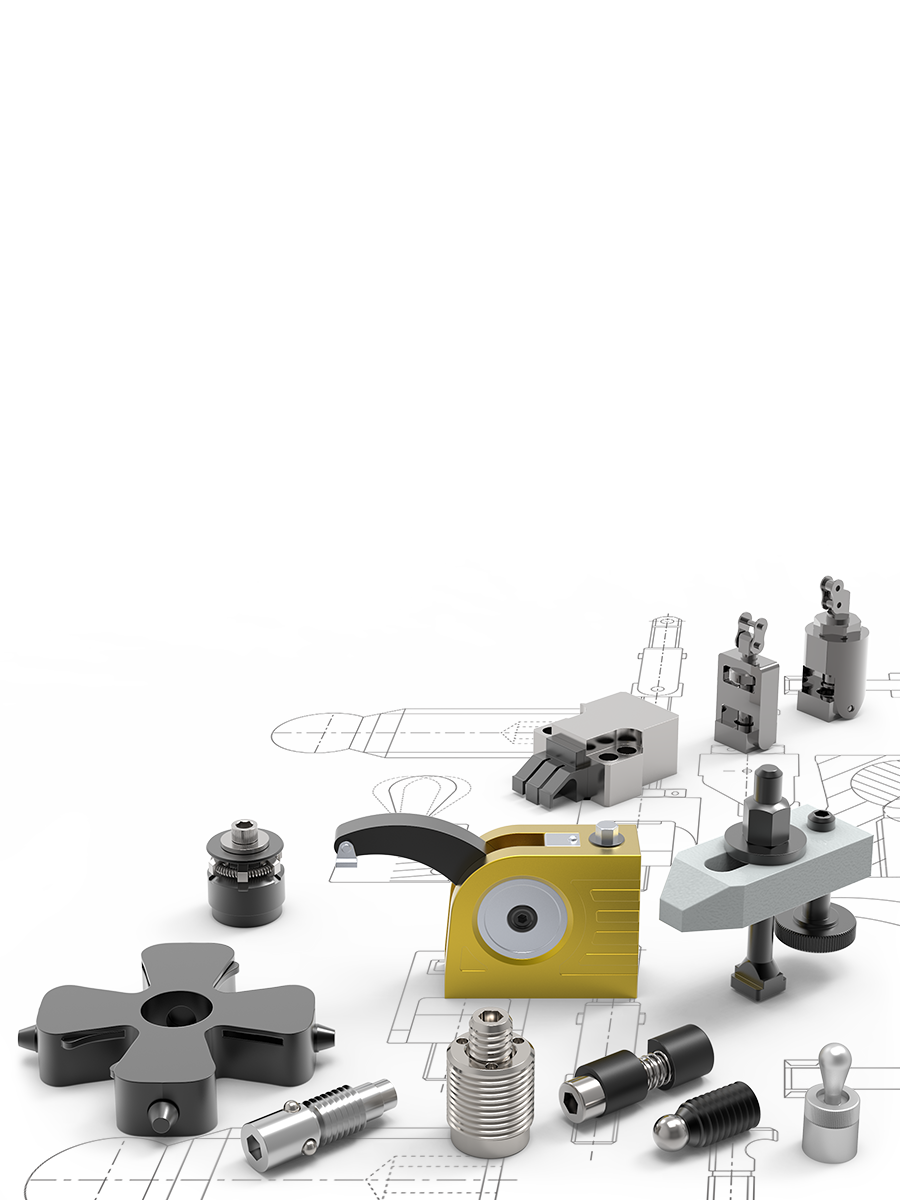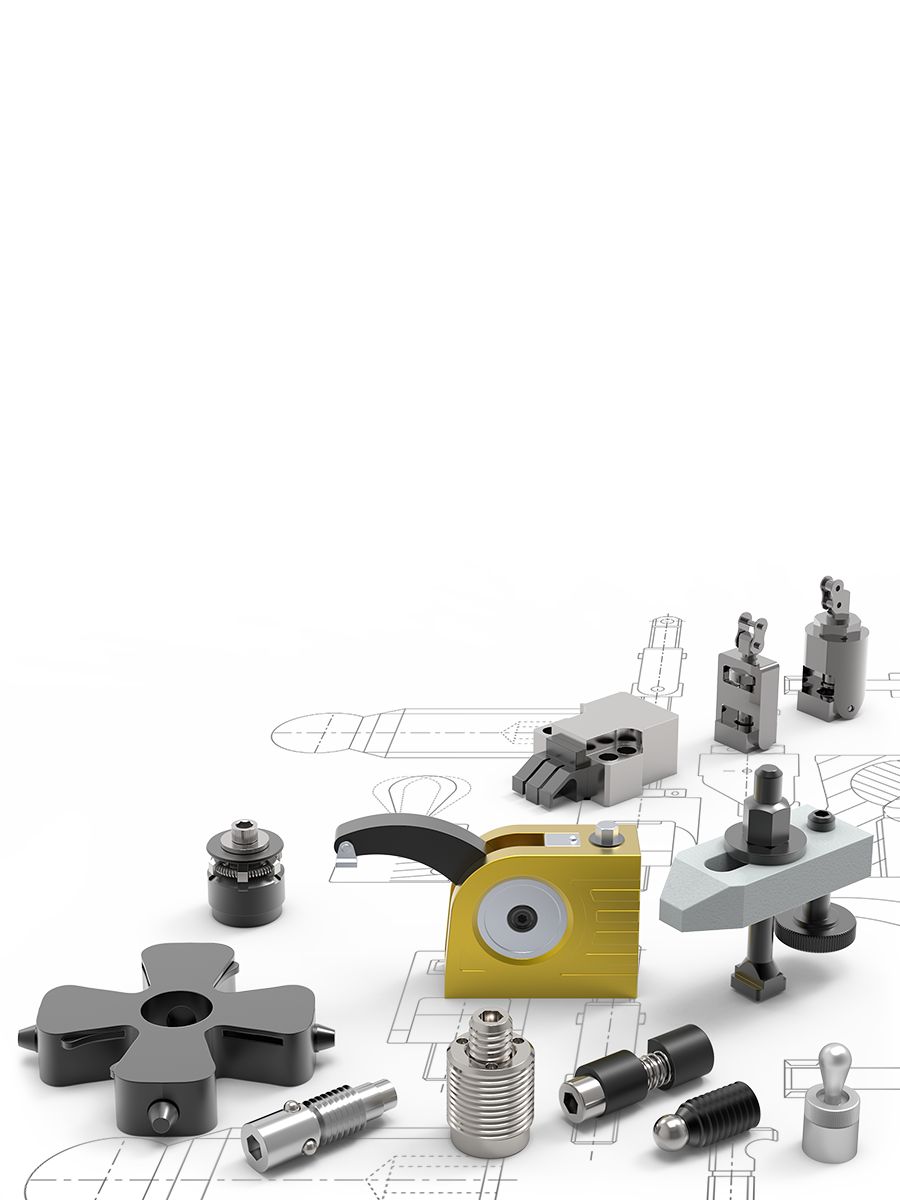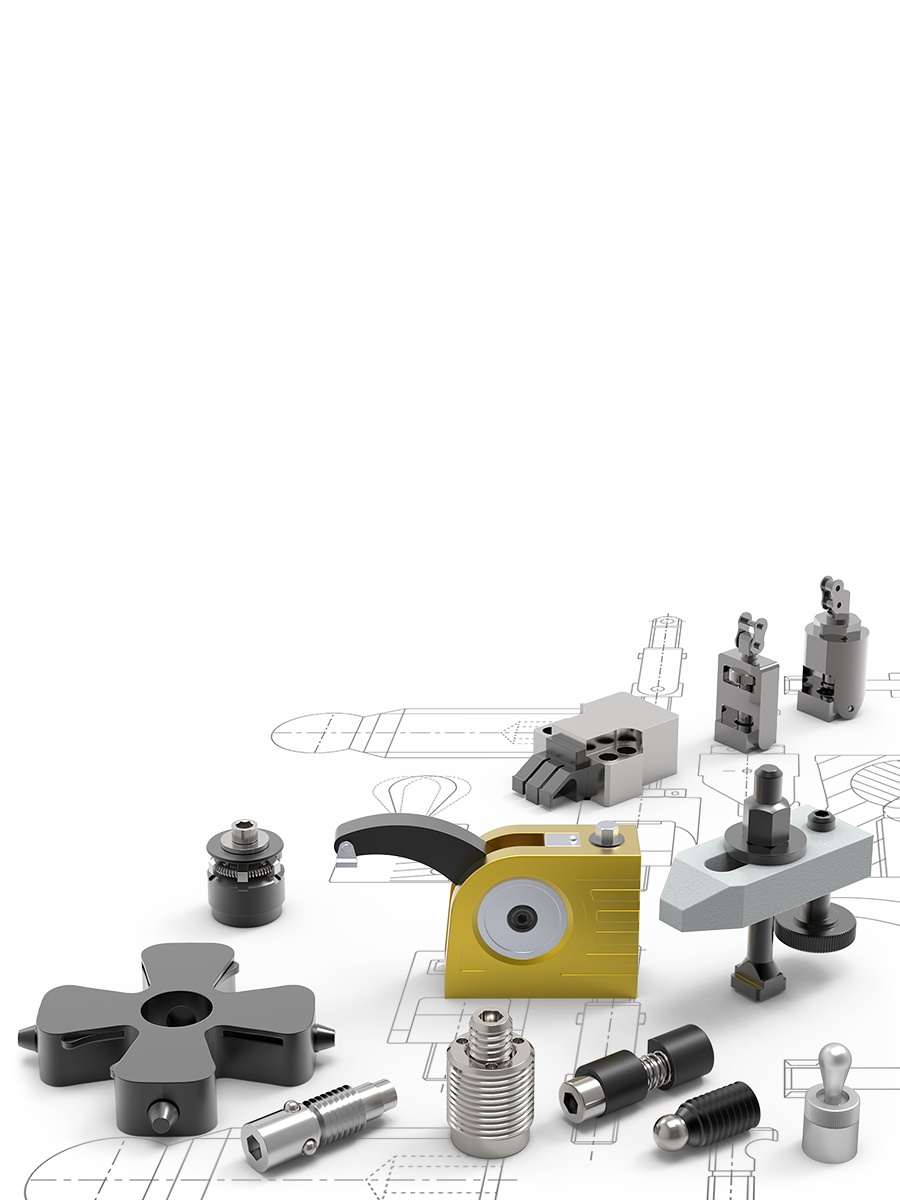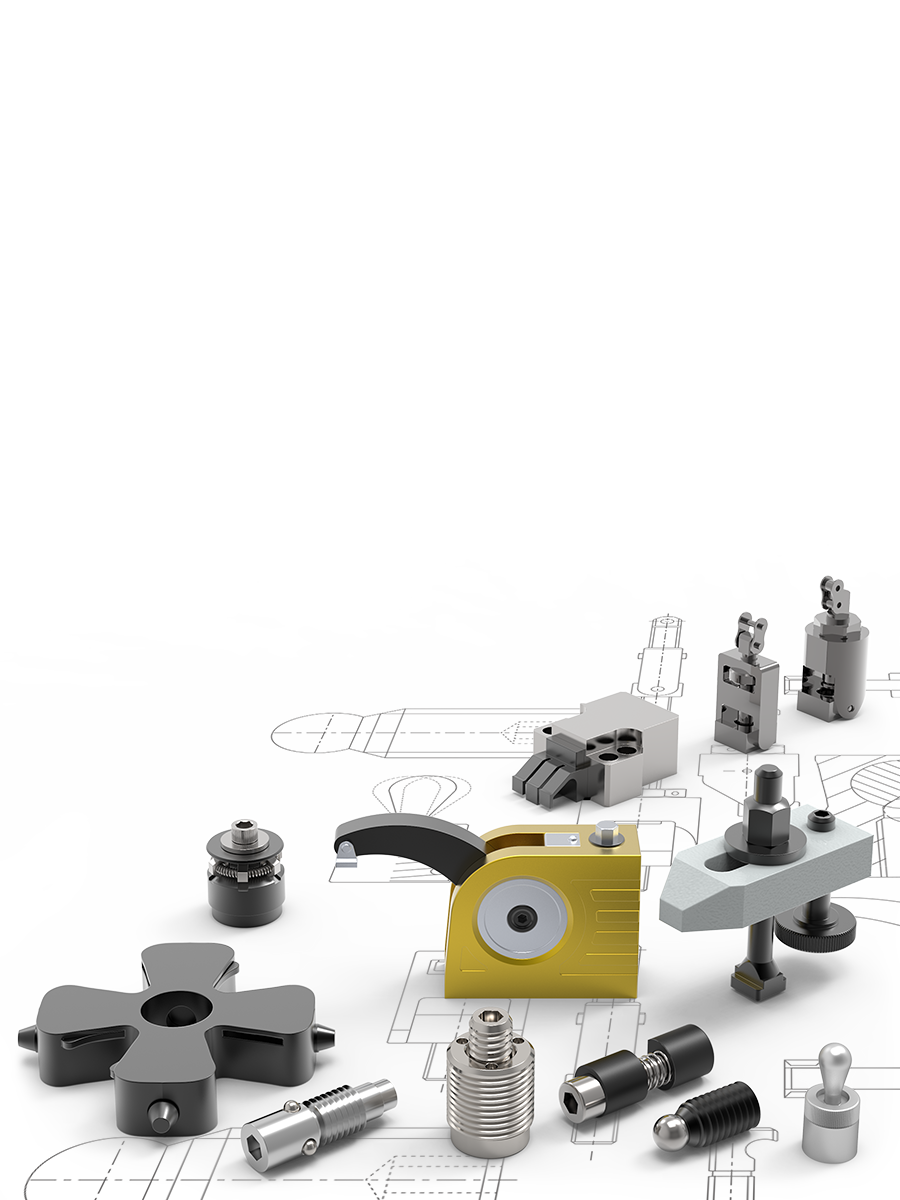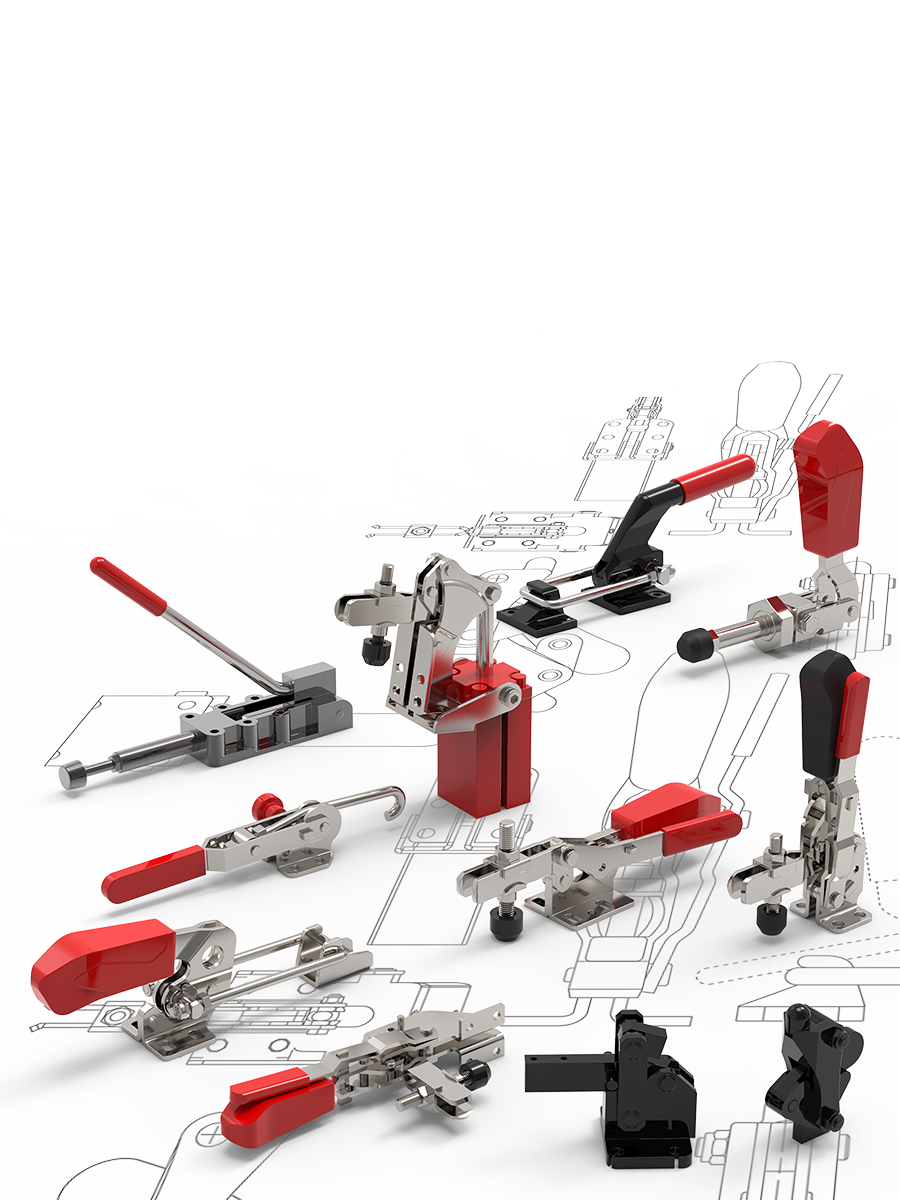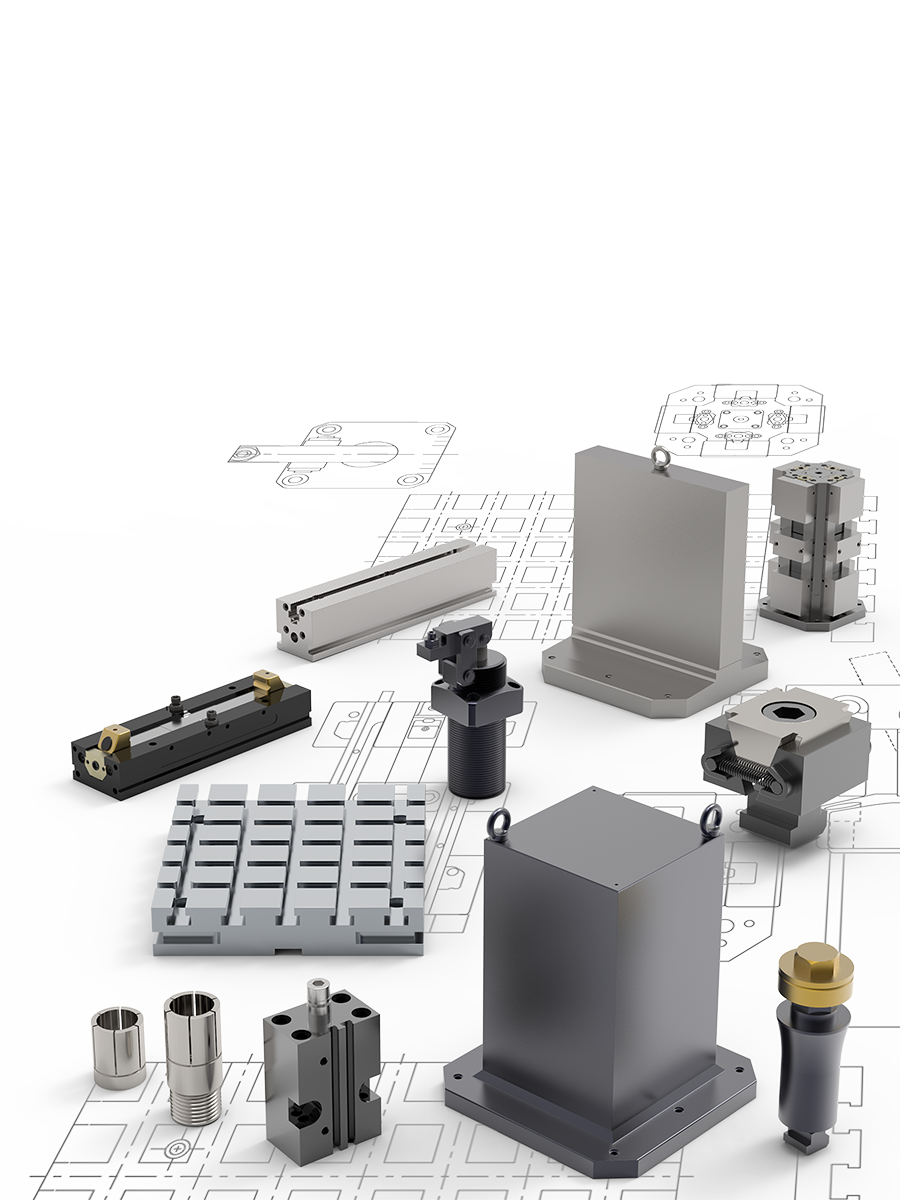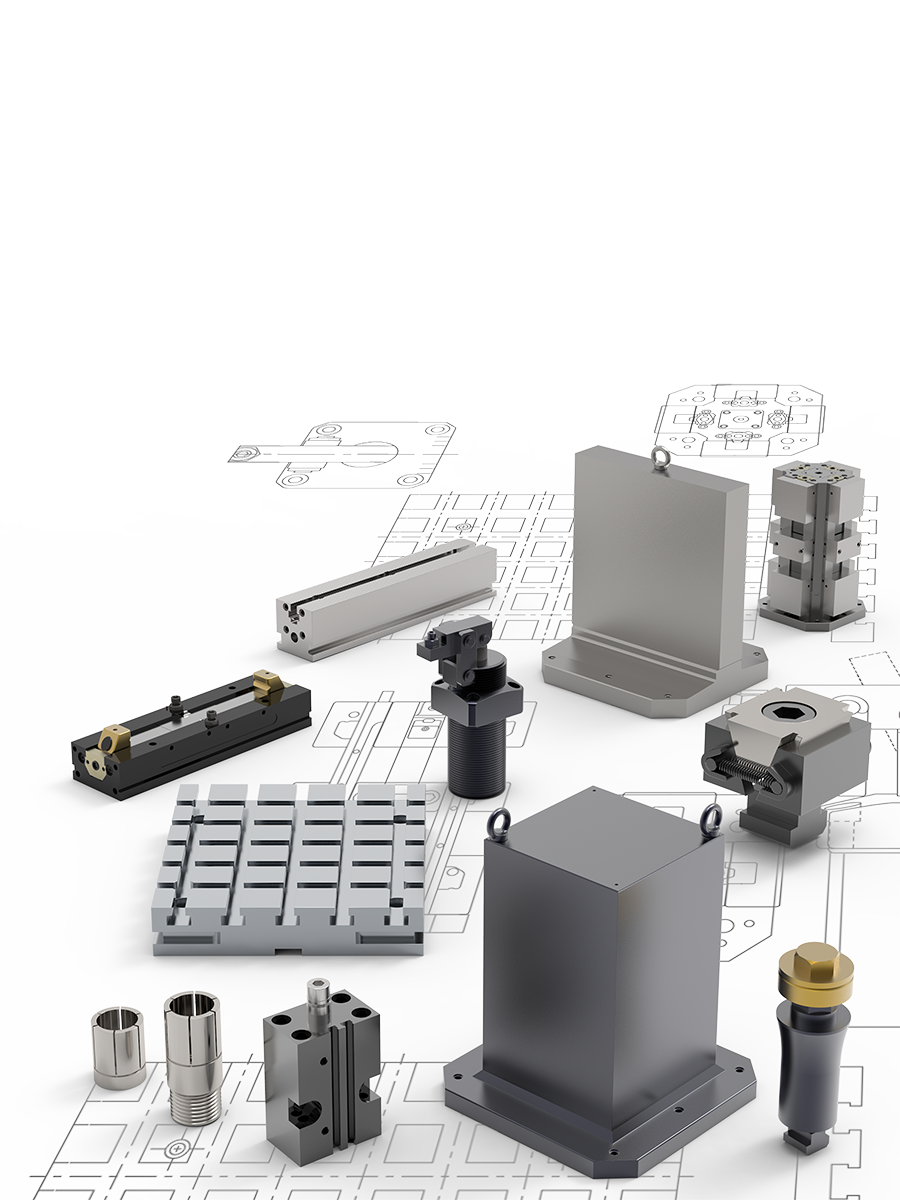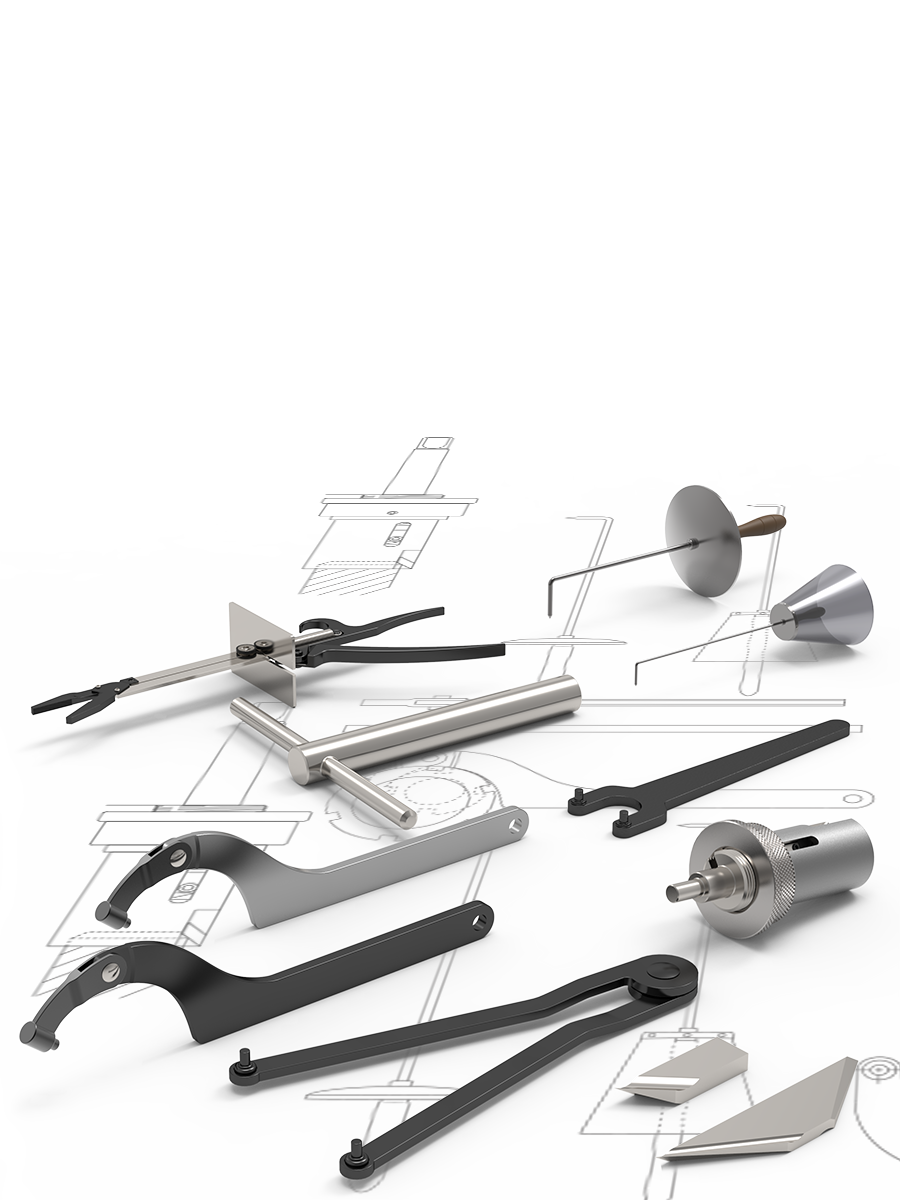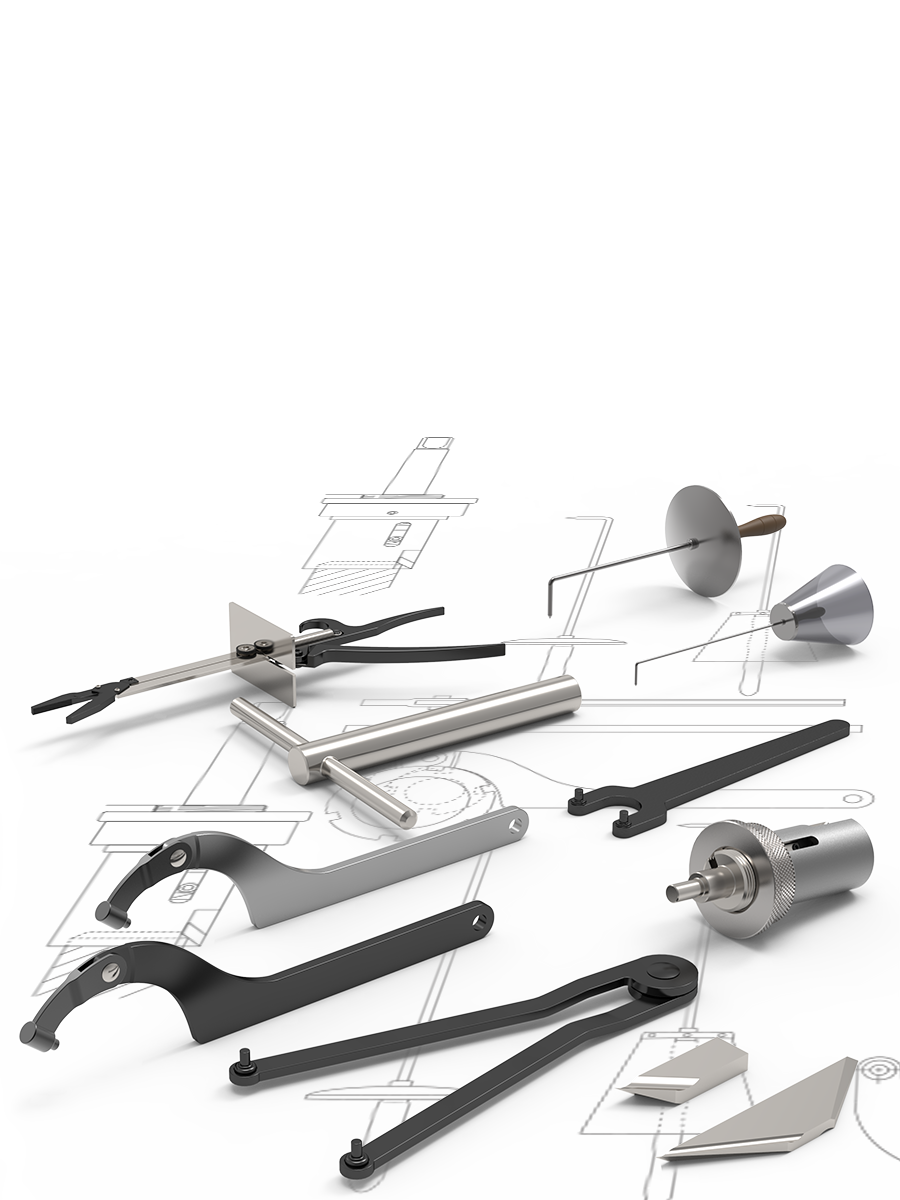Do you have the VacMagic?
It is over 10 years since the VacMagic palletising system was a workholding solution award winner at the MACH exhibition, and it’s relevance in prototype and early production run manufacturing is still as strong today as its innovation was 10 years ago.
The VM300 vacuum pallet changing system is simple and easy to use, with it's ability to switch from pallet changer to vacuum chuck in seconds - It truly is two products in one.
Vacuum clamping systems are primarily used for holding wood, plastics, aluminium and other non-ferrous metals which require quick and simple machining. Compatible with CNC machines, vacuum clamping is cost-effective, increases productivity and minimises any clamping damage to the work piece.
Further information:
Click here for the product page
General Guidance
Why choose a vacuum system?
Compatible with CNC machines; vacuum clamping is cost-effective, increases productivity and minimizes any clamping damage to the workpiece.
The VacMagic system enables high volume production runs at the same feeds and speed as traditional pallet systems, with less set up time and hence reduces spindle idle time.
The low profile base unit of the VacMagic can be used either as a vacuum pallet or a standard pallet, set up as a fixture plate, for increased productivity. Alternatively a standard vice can be mounted directly onto the VacMagic base for easy loading and unloading, eliminating the need to index the vice on each use, providing quick change over from prototype to production volumes.
Multi-Power Vac has a 400mm x 350mm grid plate base, tapped with M6 threads and a finely textured surface increasing holding force through friction. It offers greater flexibility for multiple workholding solutions.
What is the basic principle of vacuum clamping?
When a vacuum is created, a pressure differential is created between the vacuum clamping plate and the workpiece. The vacuum causes an underpressure beneath the workpiece which effectively presses the workpiece against the clamping plate, thus the workpiece is not sucked but rather pressed against the vacuum table.
The sliding force of the workpiece depends on its surface structure, the pressure differential generated by the vacuum and the workpiece area on which the vacuum acts. The larger the area, the better the holding force.
What is a vacuum?
A vacuum is the state in a space which is free of matter. In practice, we refer to a vacuum when the air pressure in a space is less than that of the atmosphere.
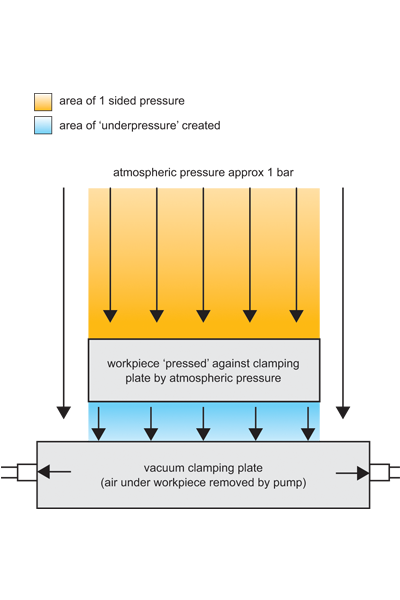
Why does a vacuum generate a holding force?
All objects are subject to atmospheric pressure of approx. 1 bar. When a vacuum is generated some of the air under a workpiece is removed, thus removing part of the pressure load on the workpiece surface.
The net result is a one-sided pressure on the top surface of the workpiece, the strength of this one-sided pressure is dependent upon the size of the vacuum generated generally this is 0,7 to 0,8 bar. This means that a vacuum of 200mbar (absolute pressure) is generated, and hence the pressure differential acting on the workpieces is 800mbar (approx. 0,8kp/cm). Size of the clamping force is then only dependent on the clamping area.
Formulae to calculate clamping force generated by a vacuum
Force = pressure x area
F (N) = bar x A (m2) x 105
1 bar = 10N/cm2
Typical units of measure:
100 Pa = 1 hPa
1 hPa = 1 mbar
1 mbar = 0,001 bar


Applications
Application 1



1. A custom sacrificial plate was made to cover the multi-power vacuum clamping plate for machining of thin and delicate parts.
2. Sacrificial plate is easily secured to multi-power vacuum clamping plate via four flat head screws.
3. To maximise the flexibility of the machining process, four multi-power vacuum clamping plates have been connected together and are run from one standalone vacuum pump. Here three very different components are being held; one long workpiece even stretches across two vacuum units.
Application 2



4. Multi-power vacuum Clamping plates are suitable for large and small components. In this application, six units have been connected together to achieve a very large clamping area of approx. 1200 x 700 mm.
5. To hold delicate components, a customer pallet has been designed; vacuum ports were accessed through the pallet with a grid pattern to suit the component. Grid is sealed using supplied vacuum gasket to create vacuum seal.
6. Workpieces are aligned to the vacuum seal and loaded. Air supply is initiated and workpieces are clamped ready for machining.
Request A Free Catalogue Today!
Explore a huge range of components from Spring Plungers to Clamping Systems with our free Design Elements, Access Components and Workholding catalogues.
Require Technical Help?
Do you require technical help? Please enter your details below and we will contact you as soon as possible
Email Newsletter
Be the first to receive the latest news and exclusive offers via our newsletter.
Alexia House, Glenmore Business Park
PO19 7BJ Chichester
United Kingdom
0333 207 4497
sales@wixroyd.com
Route via Google Maps
Company registration no: 00496138
Company VAT number GB 408154022

